Several Popular Fast Food Chains File Chapter 11 Bankruptcy
Many people assume that the major fast food chains make such an incredible amount of money that they never struggle, but that’s not entirely true.
While some chains are still thriving, others have noted a severe decrease in profits and consequently have been forced to close some of their locations or even file for bankruptcy.
Franchising: Understanding the Business Model
Before diving into the recent struggles of several fast food chains, it’s first crucial to understand exactly how these stores are owned and operated.

Source: Freepik
The vast majority of fast food restaurants are franchised, which means people can pay a franchise fee to open a location of one of the popular chains. They own this business.
The Promised Success of a Franchise
However, they follow the format developed by the company, receive the rights to use the company’s recipes and marketing, and maybe even get some assistance from the corporation to succeed.

Source: Alexander Mils/Unsplash
The promise of low cost and big gains of opening multiple several franchise is why so many people look into owning fast food stores.
Franchising Has Been a Wildly Successful Business Model
The idea of franchising has existed since the 1800s, though it wasn’t applied to fast food restaurants until the 1950s. At that time, thousands of Americans became business owners by buying McDonald’s, KFC, or Burger King restaurants.

Source: iStock
For the past 75 years, this model has proven to be wildly successful.
Why Do Some Stores Close?
There have been times when specific owners were not able to live up to the corporate name in either production or sales.
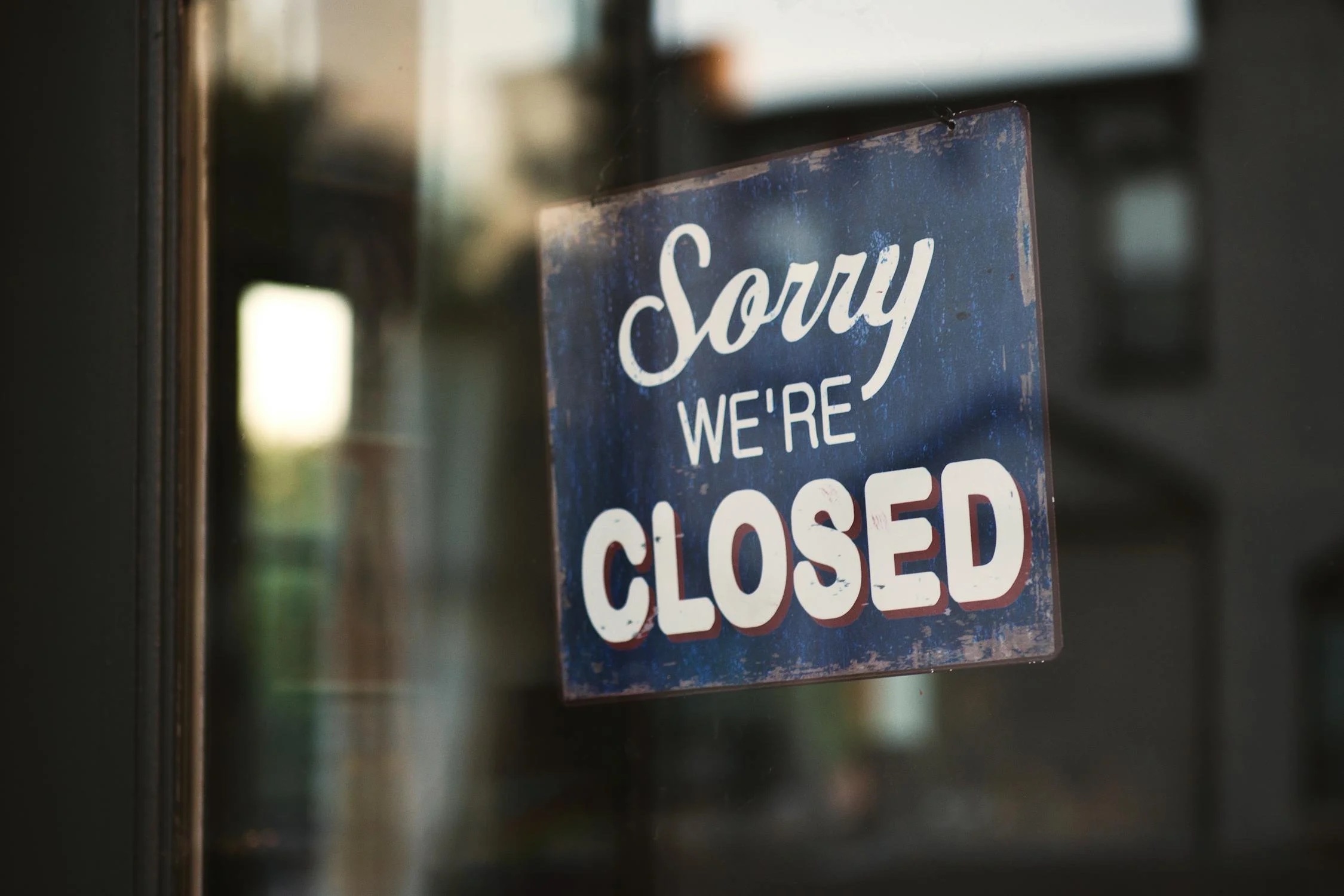
Source: Tim Mossholder/Pexels
In these cases, the stores often closed, even though the brand was still doing exceptionally well.
Which Fast Food Chains Aren’t Doing So Well?
However, in 2023, something extremely strange happened: Hundreds of Burger King restaurants closed down, and many Popeyes franchise owners filed for bankruptcy.
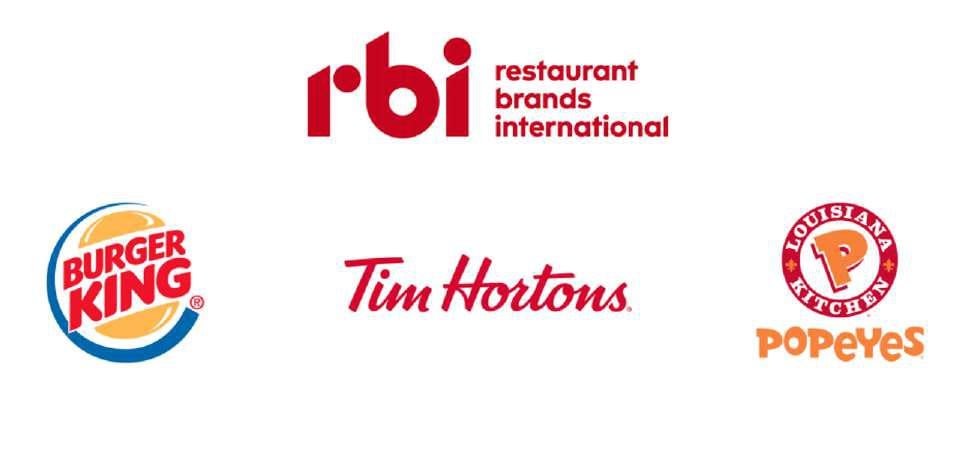
Source: Adobe Stock
Both restaurants are owned by Restaurant Brands International, and the company had to step in immediately to assess why this was happening and also see if they could save some of their locations.
RBI Reported That One of Their Largest Franchisers Was Going to Lose Them Billions
RBI realized that one of its major franchisees, Carrols, was about to close dozens of its quite profitable locations.
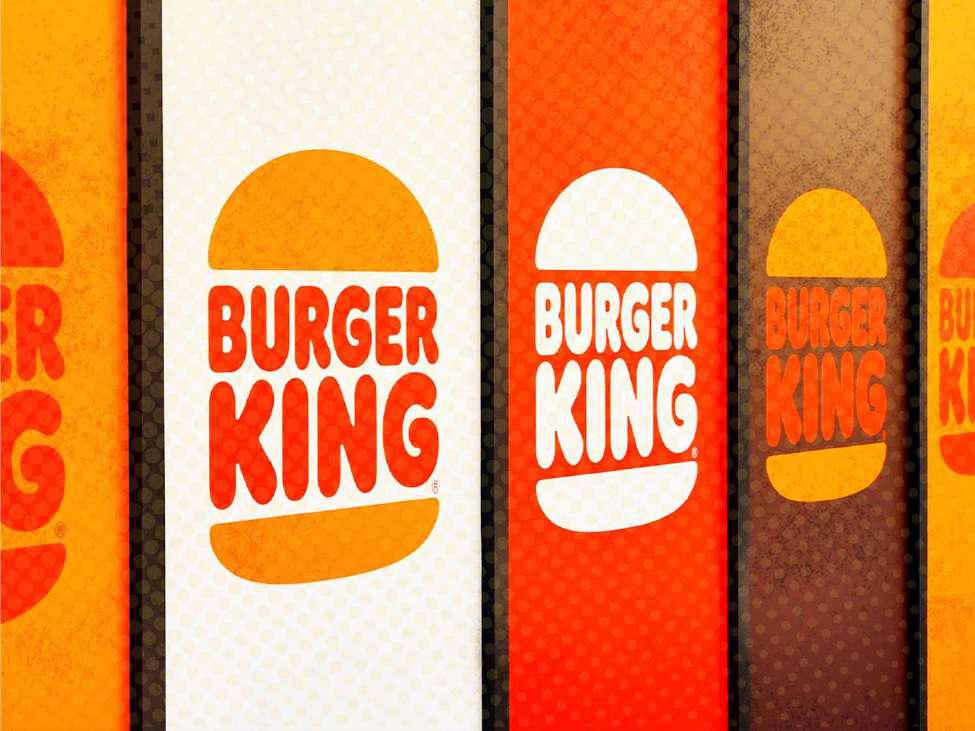
Source: Wikipedia
In a press release, RBI explained, “Carrols is the largest Burger King franchisee in the United States today, operating 1,022 Burger King restaurants in 23 states that generated approximately $1.8 billion of system sales during the 12 months ended Sept. 30, 2023.” And that is in addition to the 60 Popeyes restaurants Carrols owns in six states.
Two More of RBI’s Largest Franchisees Was Filing for Chapter 11 Bankruptcy
At the same time, RBI noted that two of its other franchisees, Meridian and Premier Kings, had filed for Chapter 11 bankruptcy and were attempting to sell several of their locations.

Source: Freepik
RBI decided to step in and purchase dozens of Carrols, Premiere King, and Meridian locations, though they were still forced to allow some to close.
RBI Isn’t the Only Fast Food Company Facing Difficult Times
While RBI is handling their crisis, another popular but lesser-known fast food chain has all but fallen apart. Bojangles, which originated in South Carolina, now has 800 locations in eight states.
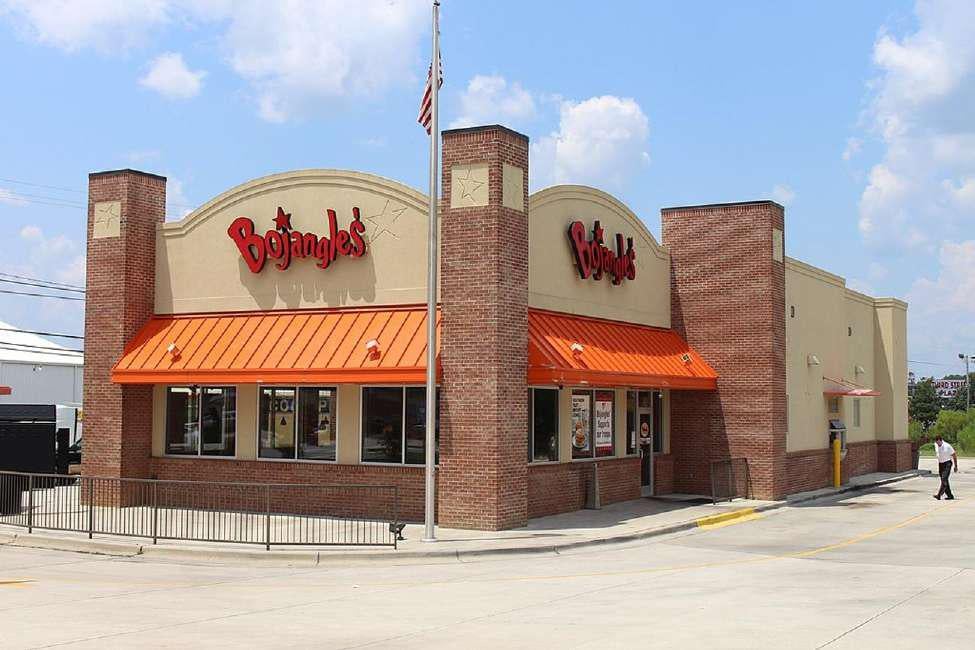
Source: Wikipedia
However, in 2023, the company closed several of its locations after filing for Chapter 11 bankruptcy. The Bojangles website says the restaurants are still open, though the windows are boarded up.
The Bojangles Franchisees Are in Quite a Bit of Trouble
The franchisees who own the closed locations, Salim Kakakhail and Yavir Akbar Durrani, haven’t just lost their businesses; they may also face a state investigation for fraud as many of their employees say they are owed money for their previous work.
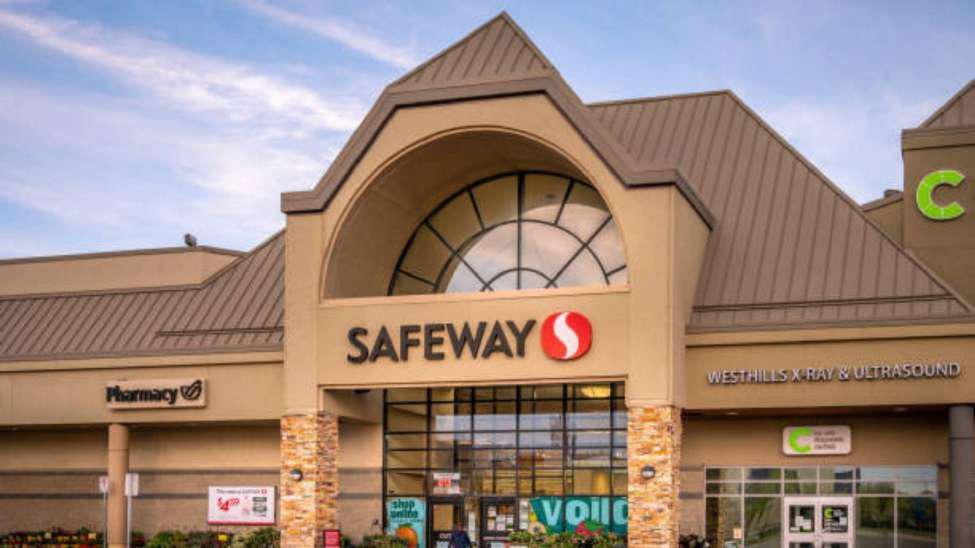
Source: iStock
Former employees of these franchisees also reported that they were told to buy chicken from Popeyes or even Safeway (a local grocery store) and sell it as their own when they ran out.
Bojangles Released a Public Statement Regarding the Scandal
After these rumors made their way around the internet, Bojangles released an official statement regarding the franchisees in question.

Source: Bojangles
It said, “The franchisee is no longer in the Bojangles system. However, it is important to note in your coverage that franchisees are independent business owners who are licensed to operate a brand but have autonomy over many aspects of their business, including hiring employees and payroll responsibilities.”
Why Are So Many Fast Food Franchises Struggling?
Of course, the situation at Bojangles seems to be unique. However, at the same time, successful franchisees of Burger King and Popeyes are also closing their doors. So, why are these fast food chains struggling to stay open?

Source: Wikipedia
Many fast food chains have seen a significant decrease in sales over the past few years as they have increased their pricing. With high inflation rates, tens of millions of Americans are living on less to spend than ever before, and many have decided to cut out fast food to save money.
Cracker Barrel's Grim Future
One restaurant suffering from people staying home is the southern theme restaurant, Cracker Barrel. In an earnings call, Cracker barrel reported a 7.1 percent decrease during its first quarter, which ended on Oct. 27, 2023.
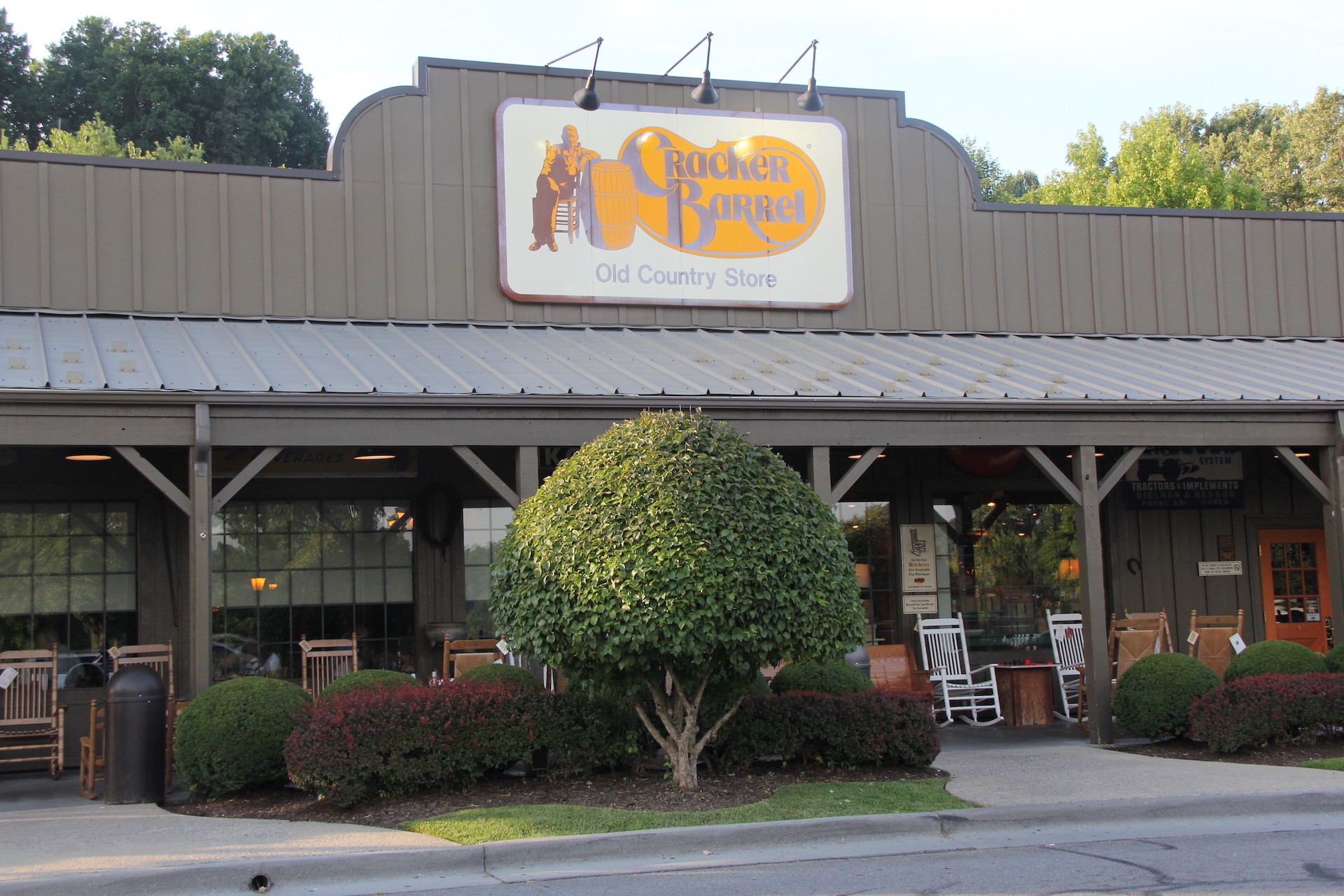
Source: Wikimedia Commons
The restaurant didn’t share any details about what caused the decline in traffic. However, the chain previously stated that ineffective marketing, inflation, and needed improvement has lead to many of the restaurants closing their doors.
Denny's Blames Inflation for Closures
Denny’s, an American chain, closed 57 locations in 2023 citing inflation-related challenges. In an earnings call, Denny’s CFO Robert Verostek states that the chain will need $1.2 million to keep the remaining chains open.

Source: Picasa/Flickr
Despite these closures, Verostek states that the company will open 28 Denny’s in the U.S. However, it is unlikely that any new chains will open in California until it can find a way to be profitable with the increased wages.
The Lingering COVID-19 Effects
Some restaurants are still suffering from the linger effects of COVID-19. Thai Union Group, a minority stakeholder in Red Lobster, announced plans to divest from the chain after losing $22 million.

Tai's Captures/Unsplash
“The combination of COVID-19 pandemic, sustained industry headwinds, higher interest rates and rising material and labor costs have impacted Red Lobster, resulting in prolonged negative financial contributions to Thai Union and its shareholders,” Thai Union wrote in a news release.
Changes to Minimum Wage Is Also Playing a Part
Additionally, while sales are decreasing, costs for fast food chains are increasing as several states are raising the minimum wage.
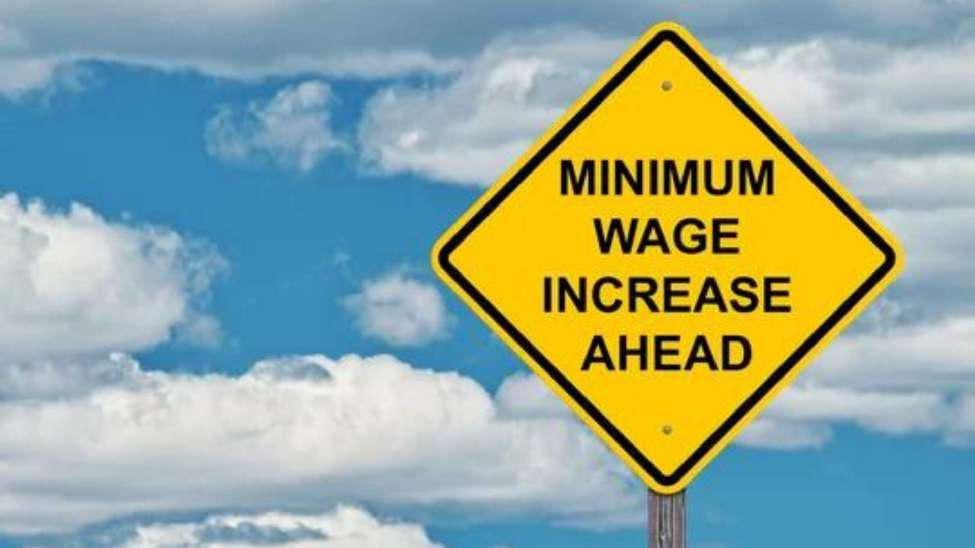
Source: Shutterstock
In fact, Governor Newsom in California recently passed a bill that raised the minimum wage for fast food workers from $16 to $20, a jump that could lead to more restaurant closings around the state.
California's Fast-Food Industry Faces Closures
In California, the new law introducing a $20 minimum wage is set to take effect in April. This development is prompting several eateries, particularly pizza chains, to reduce their workforce.
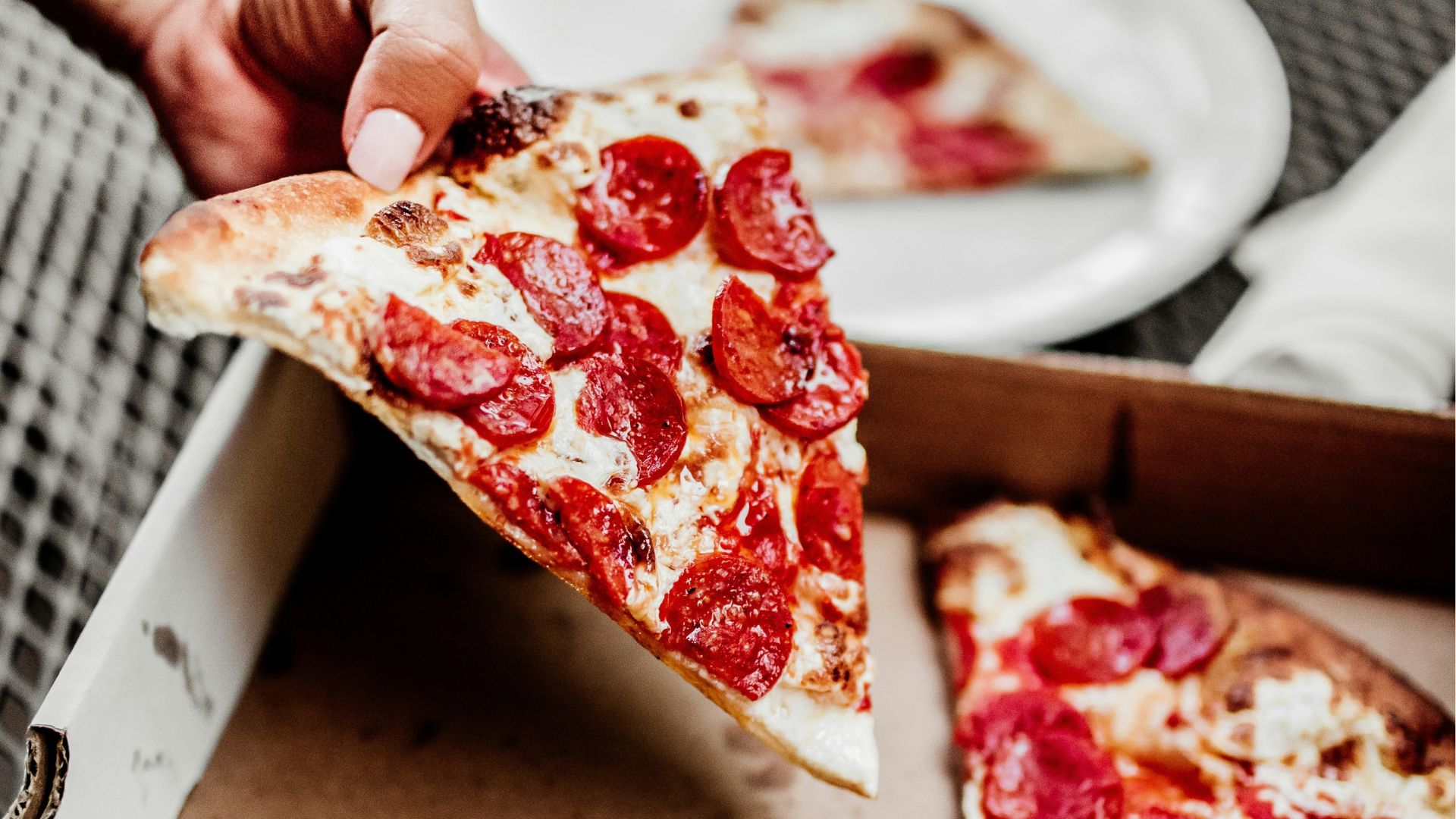
Source: The Nix Company/Unsplash
The Wall Street Journal has reported that these preemptive layoffs are an effort by businesses to mitigate the financial impact of the upcoming wage increase.
Fast Food Chains Closing Due to Increase Wages in California
Harsh Ghai, who is California’s largest operator of Burger King restaurants, says that his 200 fast food chains along the West Coast will take a major hit from the new minimum wage.
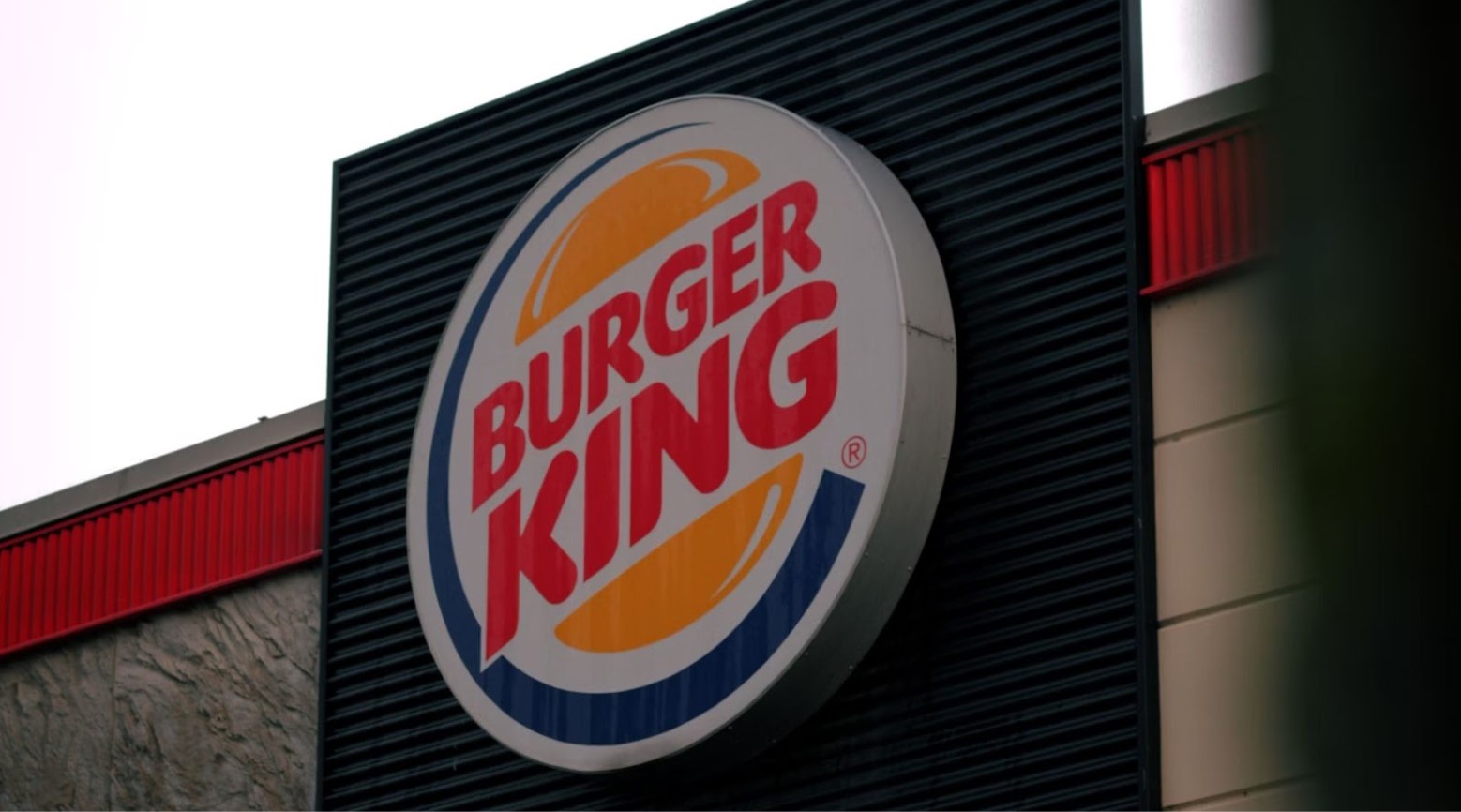
Source: Ismail Hadine/Unsplash
“We don’t want to work with lobbyists; we want to run our restaurants,” Ghai told KCRA 3, California’s largest operator of Burger King restaurants.
Job Cuts at Pizza Hut Ahead of Wage Law
Michael Ojeda, a 29-year-old Pizza Hut driver in Ontario, California, received a notice in December from the Pizza Hut franchisee Southern California Pizza, informing him that his employment would end in February.
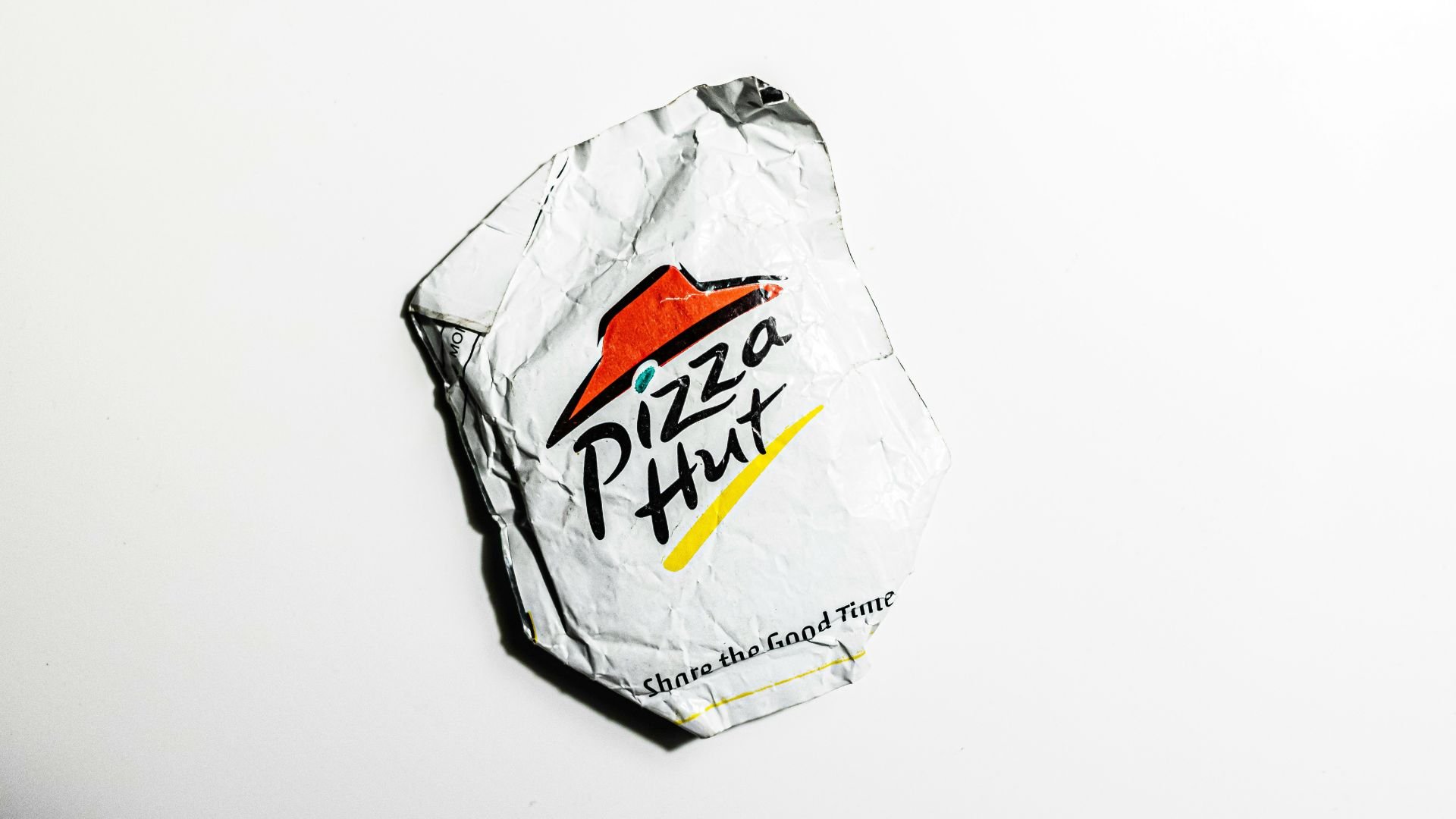
Source: Mishaal Zahed/Unsplash
Ojeda said “Pizza Hut was my career for nearly a decade and with little to no notice it was taken away,” highlighting the personal impact of the job reductions.
Widespread Layoffs Across Southern California
Southern California Pizza Co., a Pizza Hut franchisee, also announced it would lay off around 841 drivers across the state.

Source: Wikimedia Commons
This decision impacts locations in Los Angeles, Orange, San Bernardino, Riverside, and Ventura counties, demonstrating the extensive reach of the workforce adjustments in anticipation of the new wage law.
Round Table Pizza Announces Layoffs
Similarly, Round Table Pizza, another major player in the industry, has indicated plans to lay off approximately 1,280 delivery drivers this year. This move is part of a strategy to adapt to rising operating costs, including the new minimum wage law.
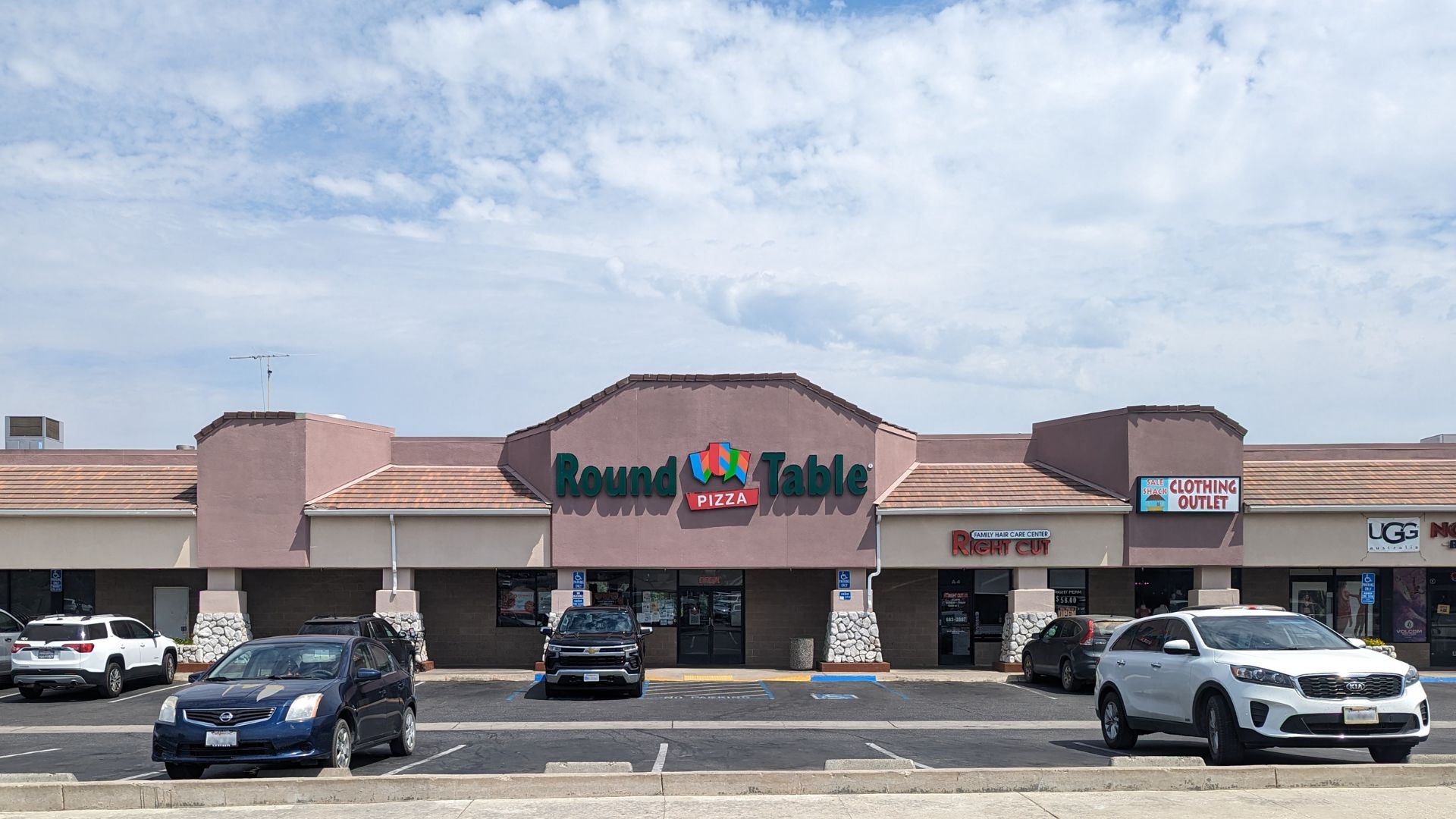
Source: Wikimedia Commons
The layoffs at Round Table Pizza were also reported by The Wall Street Journal, reflecting a trend among pizza chains to reassess their labor needs.
Shift Towards Third-Party Delivery Services
In response to the changing economic landscape, some franchises are opting to transfer their delivery services to third-party providers.
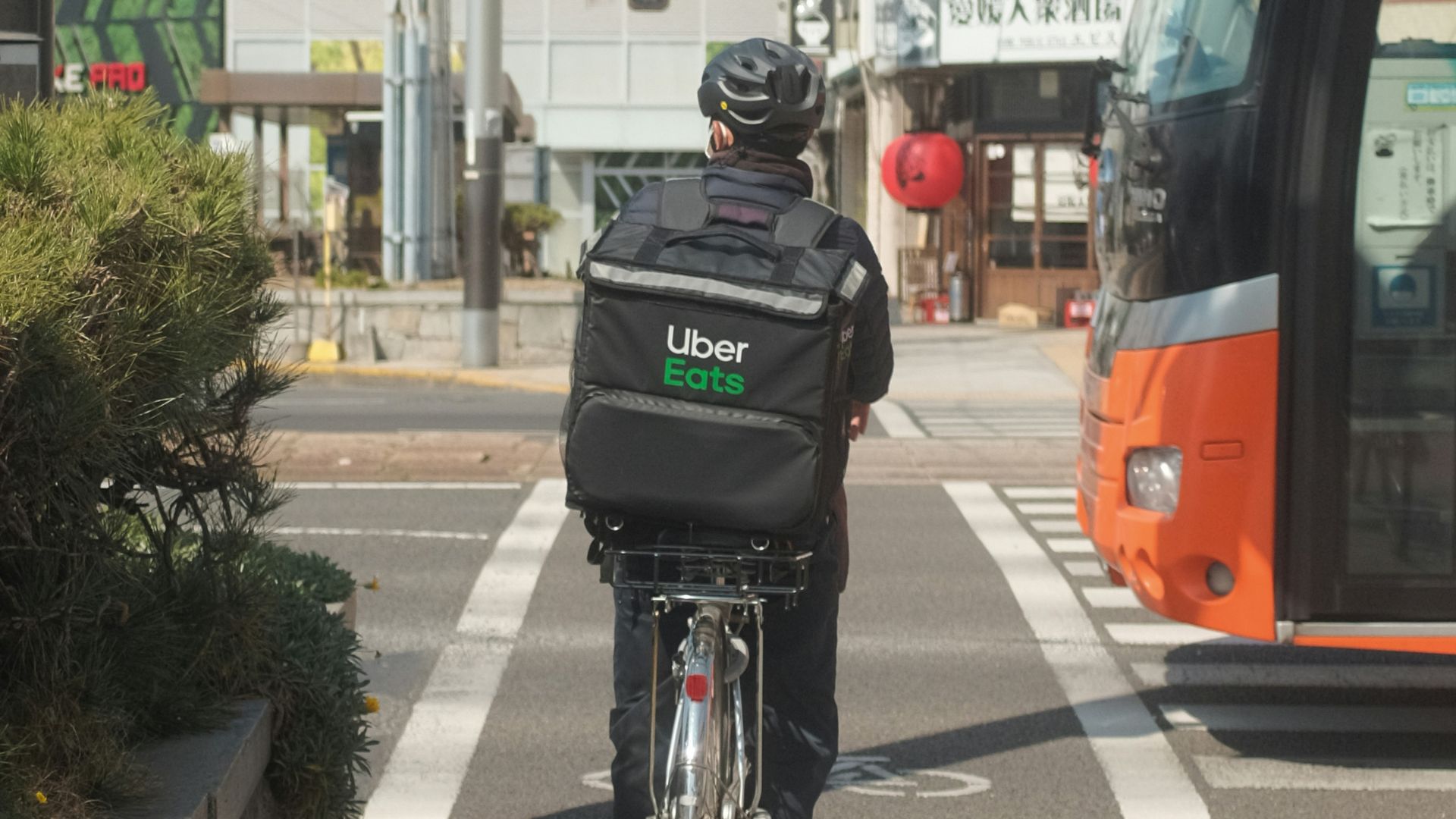
Source: Mak/Unsplash
A statement to FOX Business from FAT Brands, parent company of Round Table Pizza, explained, “The franchisee is transferring their delivery services to third-party. While it is unfortunate, we look at this as a transfer of jobs.”
Potential Impact on Customer Prices
The transition to third-party delivery services may lead to higher costs for consumers. FAT Brands has acknowledged that delivery fees could rise, which might result in customers seeing increased prices for their orders.
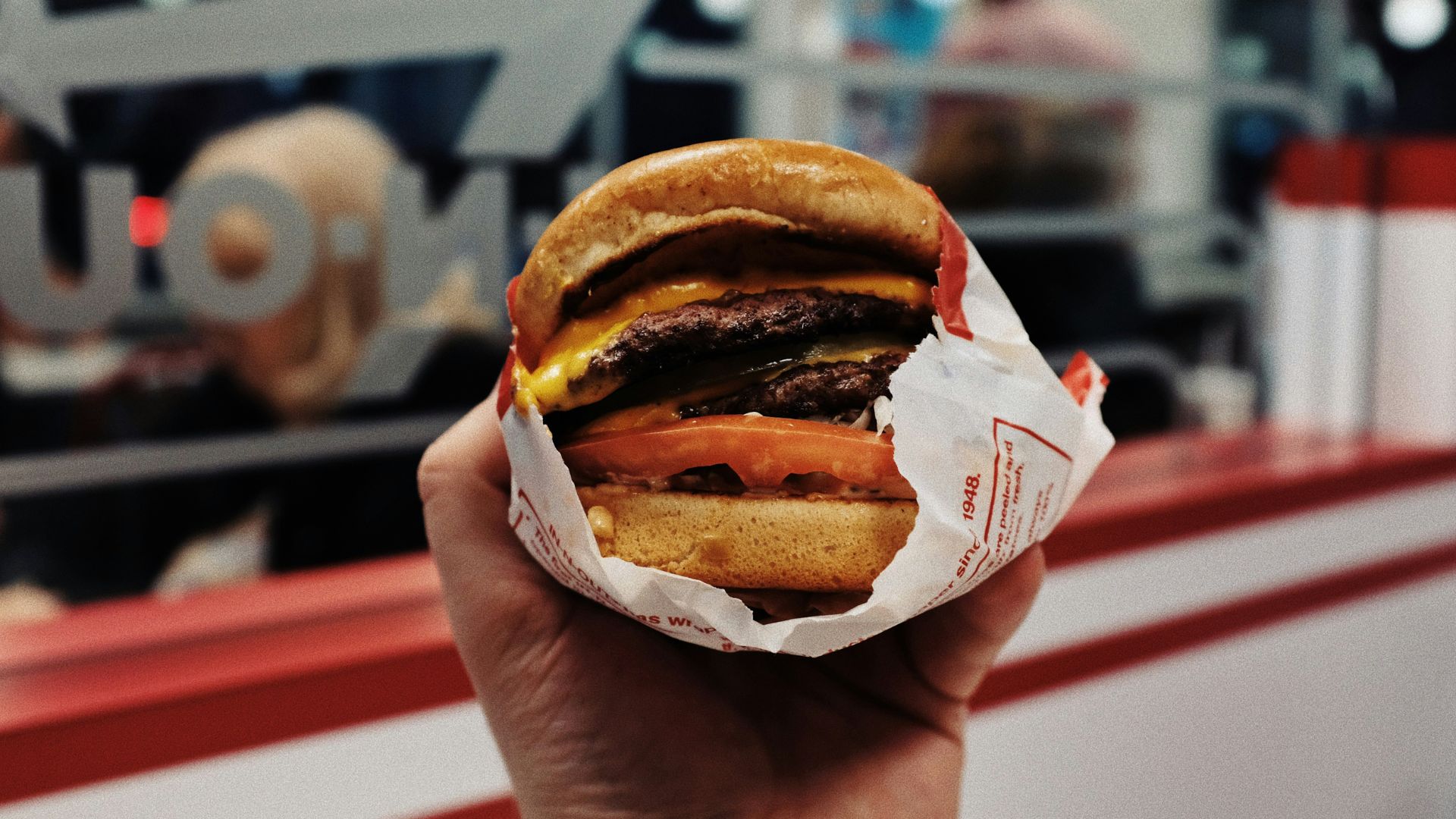
Source: Blake Guidry/Unsplash
This change reflects the broader economic adjustments businesses are making in response to the minimum wage increase.
Staffing Reductions at Vitality Bowls
Beyond pizza chains, other fast-food outlets are also feeling the pressure. Brian Hom, owner of two Vitality Bowls restaurants in San Jose, has had to operate his stores with half the typical number of employees.
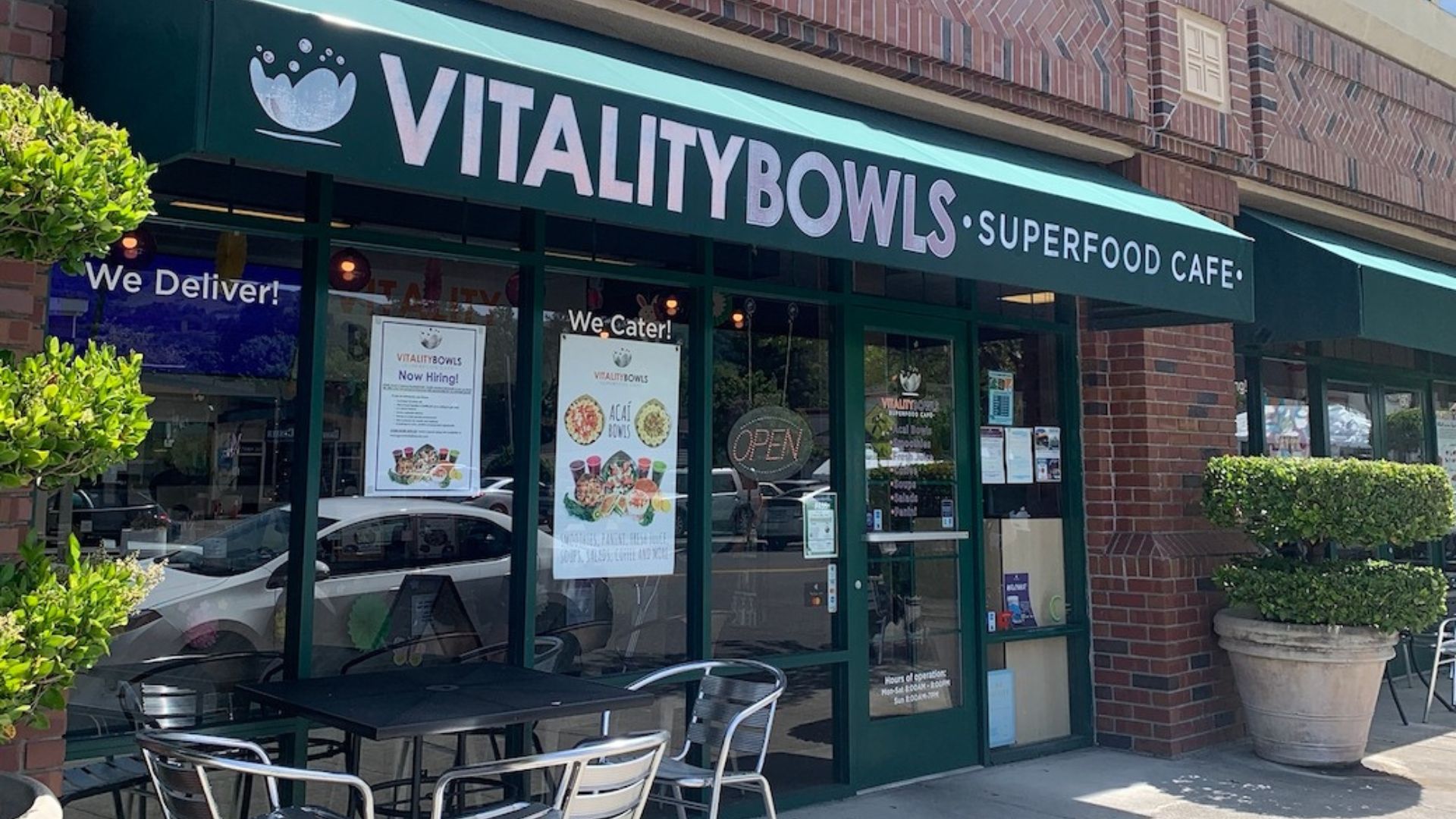
Source: Vitality Bowls/Facebook
This has led to longer wait times for customers and higher prices to cover the added labor costs. Hom said “I’m definitely not going to hire anymore,” indicating the difficult decisions business owners are facing.
The Concern Echoes Portland's Minimum Wage Increase
These concerns echo the effects of Portland increasing its minimum wage to double digits back in 2016, moving up from $9.25 to $14.75.

Source: Tabitha Mort/Pexels
The increase of minimum wage was a hotly debated topic despite its aiming to support working families. The increase was introduced with an three-tier structure to help business adjust to the changes.
The Consequences in Portland
“There’s a substantial body of research that shows minimum wage increases have had little or no impact on jobs, either positive or negative,” Juan Carlos Ordóñez, communications director at the Oregon Center of Public Policy (OCPP), said to the Guardian at the time.
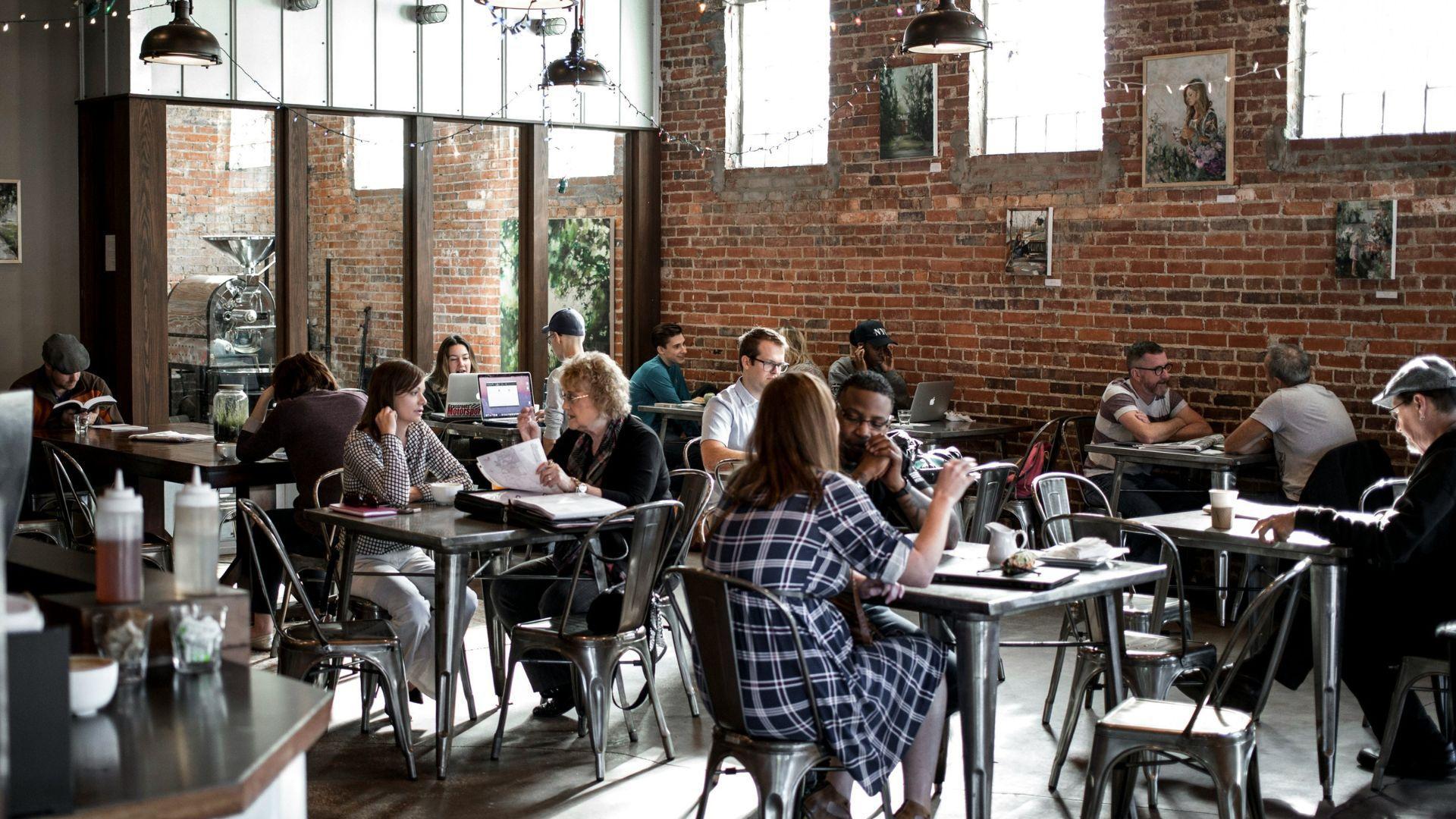
Source: Wade Austin Ellis/Unsplash
However, the increased wages did lead to price hikes and workers hours getting cut. After business adjust to the new wages, $15 wasn’t enough to support people living in the city.
The Minimum Wage Law's Broad Reach
The new minimum wage law targets fast food chains with 60 or more locations nationwide, affecting a significant portion of the industry.
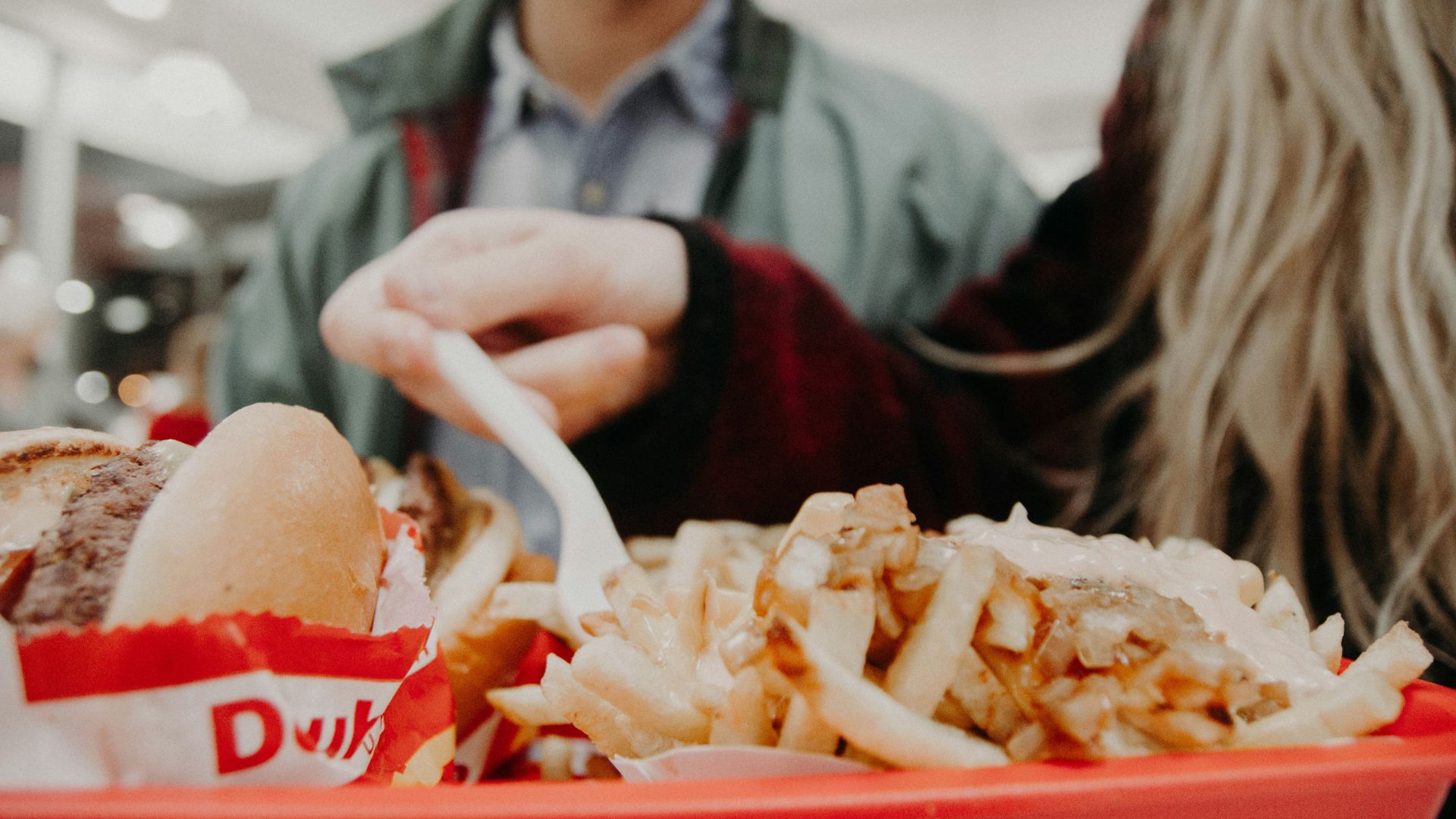
Source: Kenny Eliason/Unsplash
The legislation has sparked a debate about the workforce in fast food restaurants, with supporters arguing that many workers are not just teenagers in their first job, but adults relying on these positions for their livelihood.
Learning from Past Wage Increases
Some fast food owners note that California’s new minimum wage and other factors will negatively impact local franchisee, and not their brand.

Source: Norma Mortenson/Pexels
The increase from $16 to $20 will also increase other cost associated with branding, rent, and other fees. Some franchise owners are already talking about cutting hours, raising prices, and closing the doors of some of their restaurants.
Political Response to the Wage Increase
The wage increase has generated political controversy, with critics expressing concern about its impact on businesses and employment.
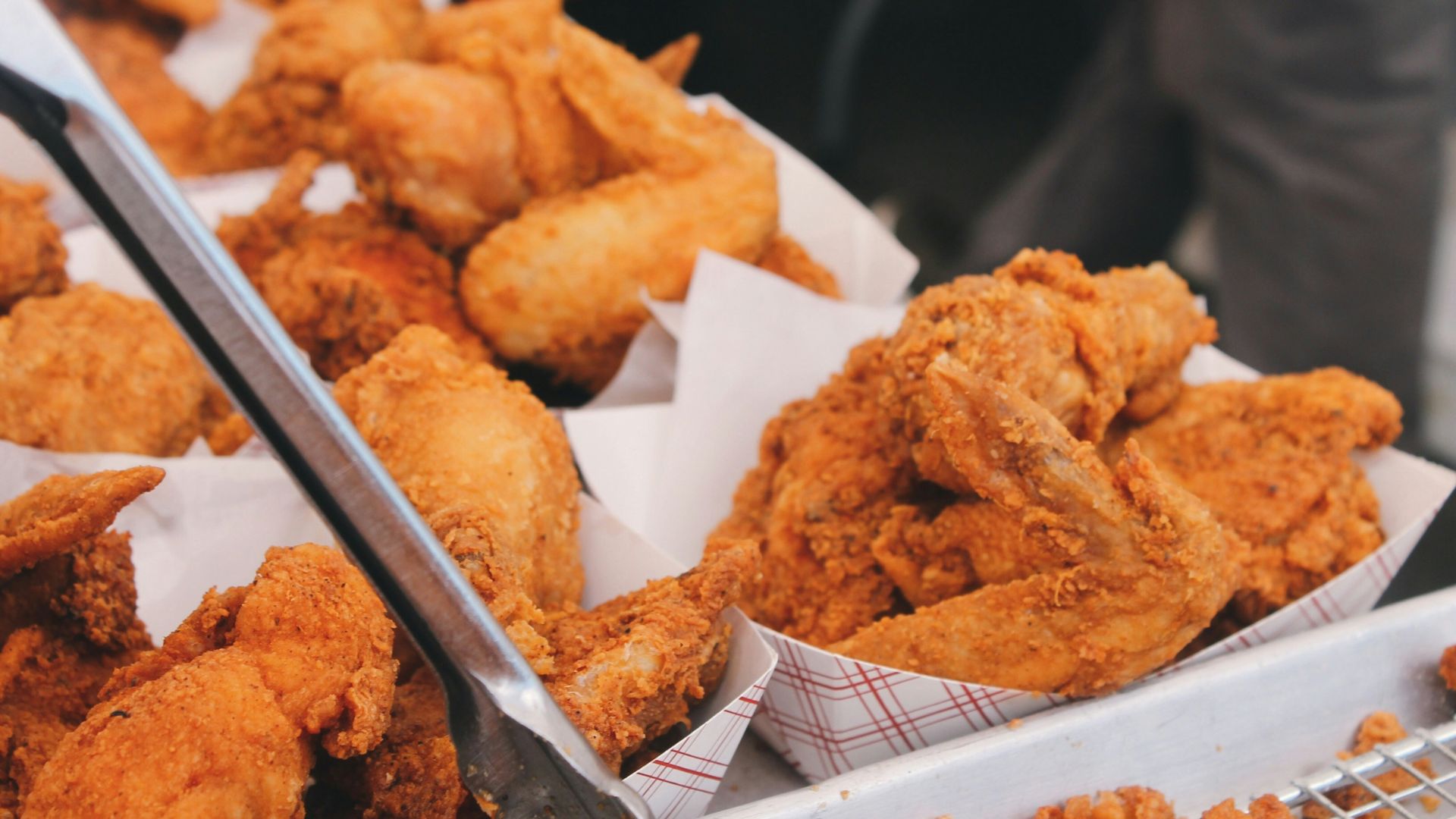
Source: Brian Chan/Unsplash
California Assembly Republican leader James Gallagher told FOX Business, “Restaurants are struggling to stay above water, and Democrats just threw them an anvil.” Gallagher’s comment underscores the tension between the goal of raising wages and the potential consequences for job availability.
Exemptions and Controversies in the Law
Initially, the law included exemptions for certain types of businesses, such as those that prepare and bake bread on-site to be sold as a standalone menu item.
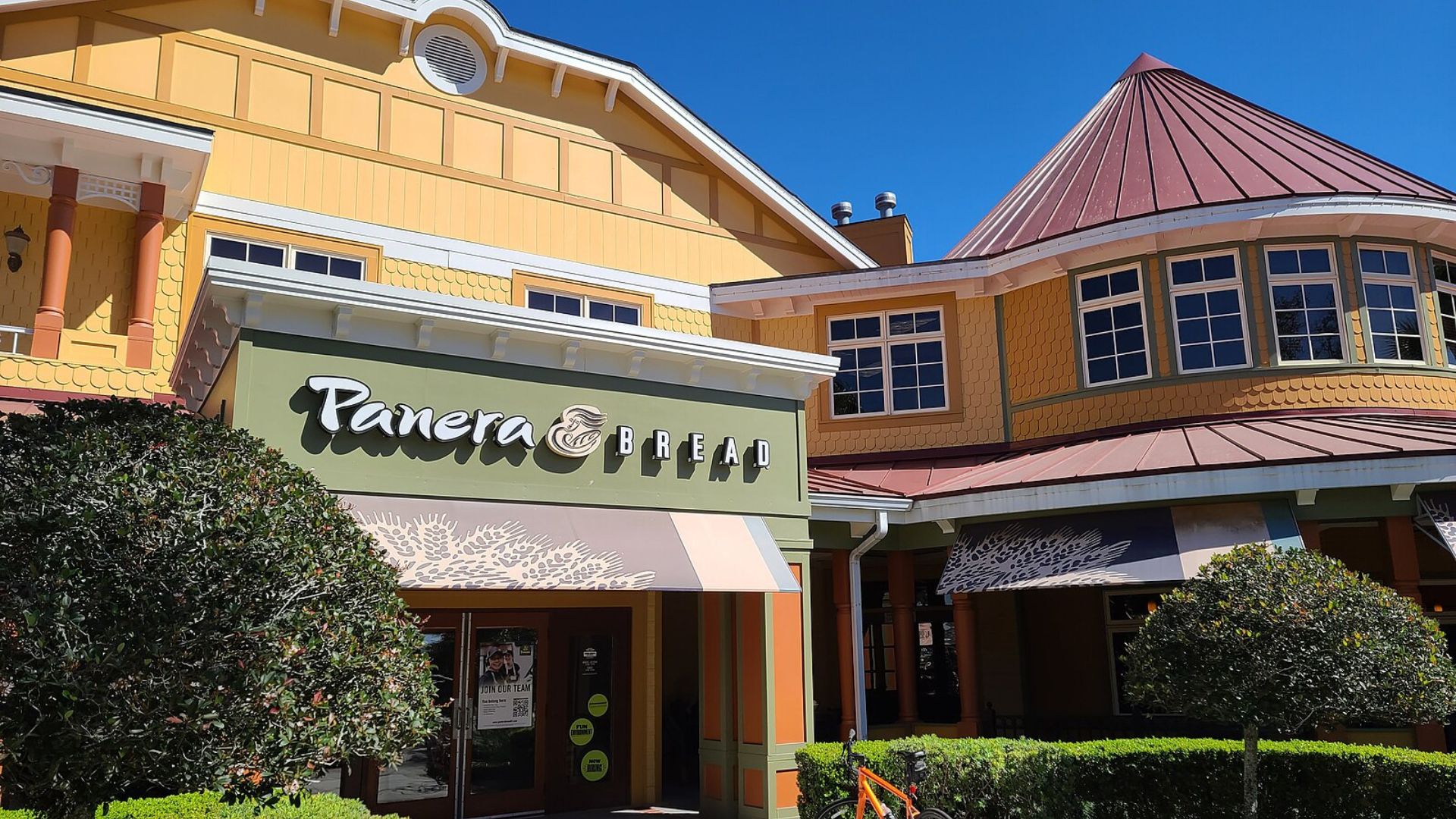
Source: Wikimedia Commons
Panera Bread was among the chains initially exempted from the wage increase. However, allegations arose that California Governor Gavin Newsom pushed for this exemption to benefit Greg Flynn, a major donor who owns several Panera locations, leading to scrutiny and debate over the law’s fairness.
Governor Newsom's Response to Allegations
Governor Newsom has denied allegations of favoritism towards Panera Bread and its investor. In response to the controversy, Newsom stated in February that Panera would be required to comply with the new minimum wage law, dispelling rumors of an unfair advantage.
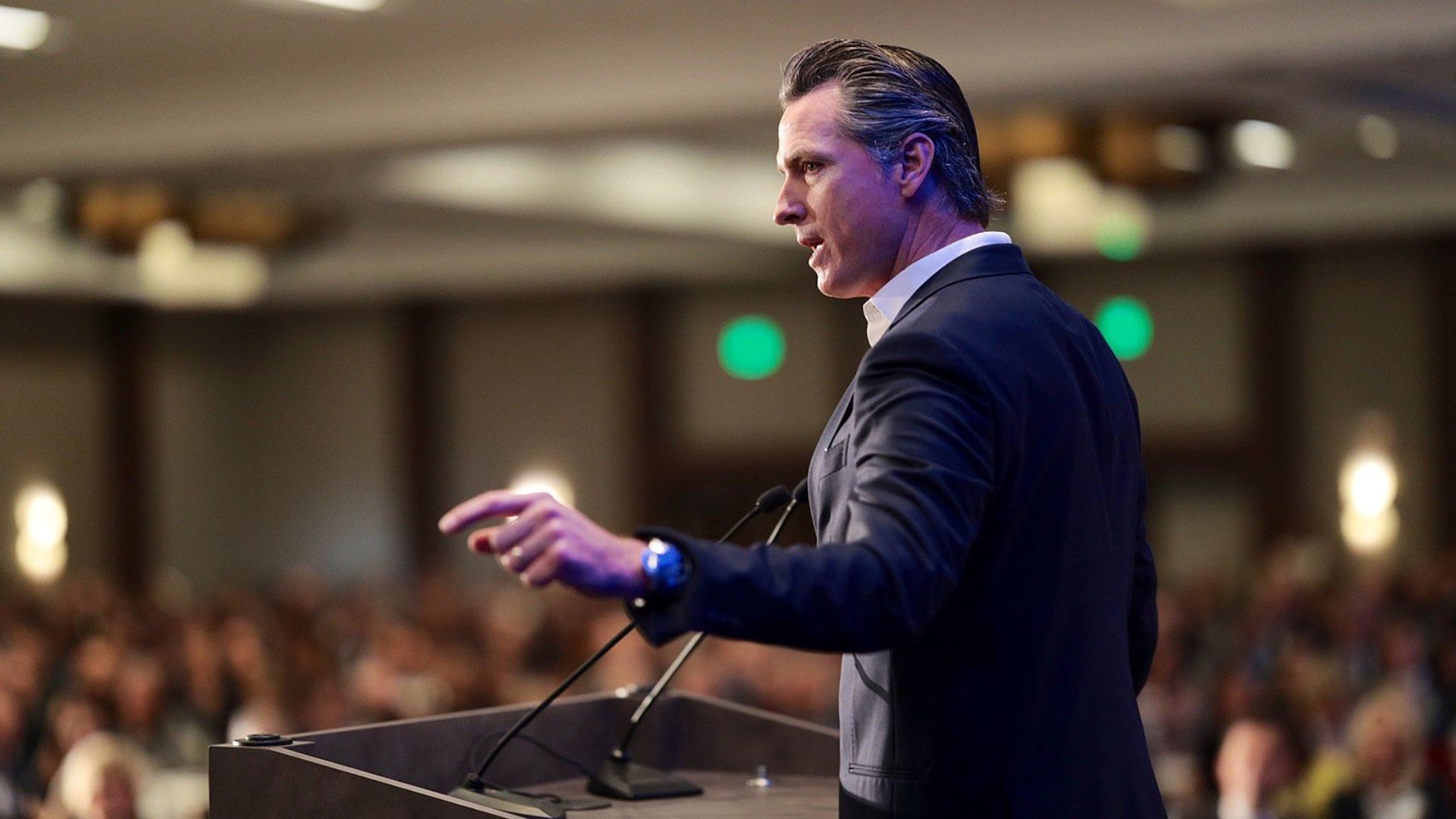
Source: Wikimedia Commons
This decision was part of an effort to address concerns about the law’s exemptions and ensure its equitable application.
The Consequences of California's Wage Increase
Some California restaurants are already feeling the burden of increased minimum wages. Monica Navarro, former assistant general manager at Fosters Freeze, and her co-workers arrived to work the day the new bill was passed to discover the owners had shut the restaurant down without warning.
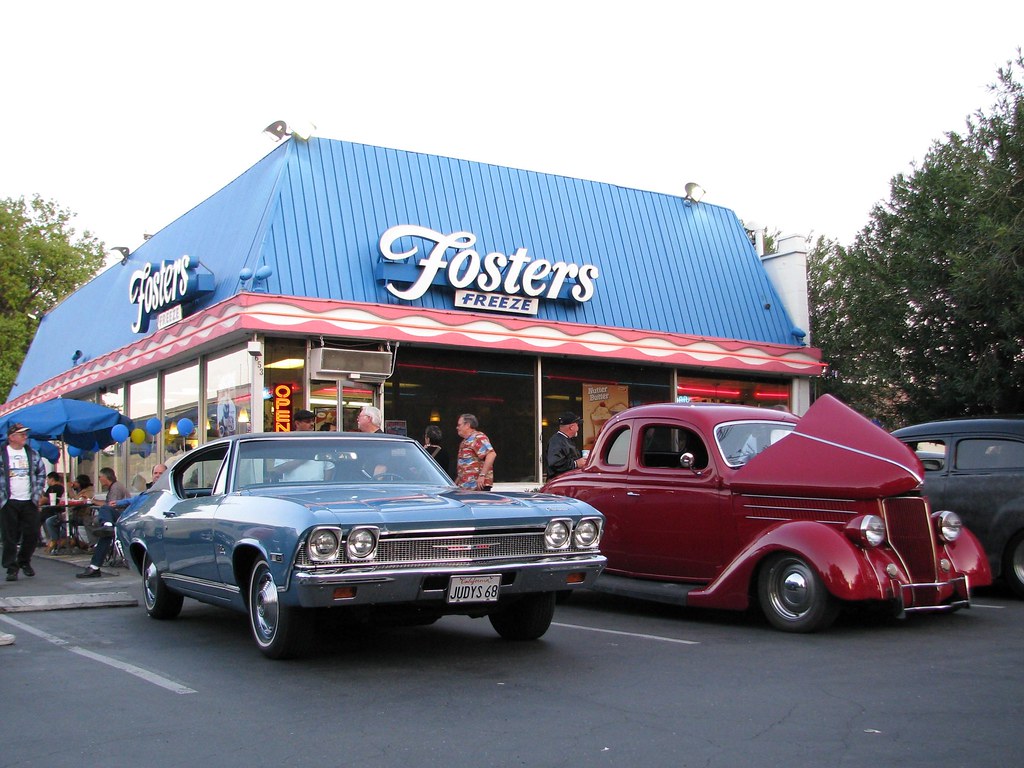
Source: Jack Snell/Flickr
“It would have been nice to have a notice, so we could go get some applications [out], I could prepare them,” Navarro told Fox News. “The best I can do is honestly give them some references.”
Fosters Freeze's Blames Minimum Wage Increase
Navarro discovered later in the day from management and Foster Freeze’s owner that the minimum wage law was the primary factor in the location’s demise.

Source: lil artsy/Pexels
“He did blame it on the minimum wage increase. Although, from my understanding, I think we were exempt from it because of the amount of locations that he personally owns. But, he did ultimately blame it on that increase,” she said.
The Future of California's $20 an Hour
“I can see their intentions with increasing the minimum wage, thinking that it will attract more people,” the ex-manager added, “but I honestly don’t think it will work. This is not the first business that’s closing. There’s already a few local businesses for me that are closing, so I feel like this is just only the beginning.”
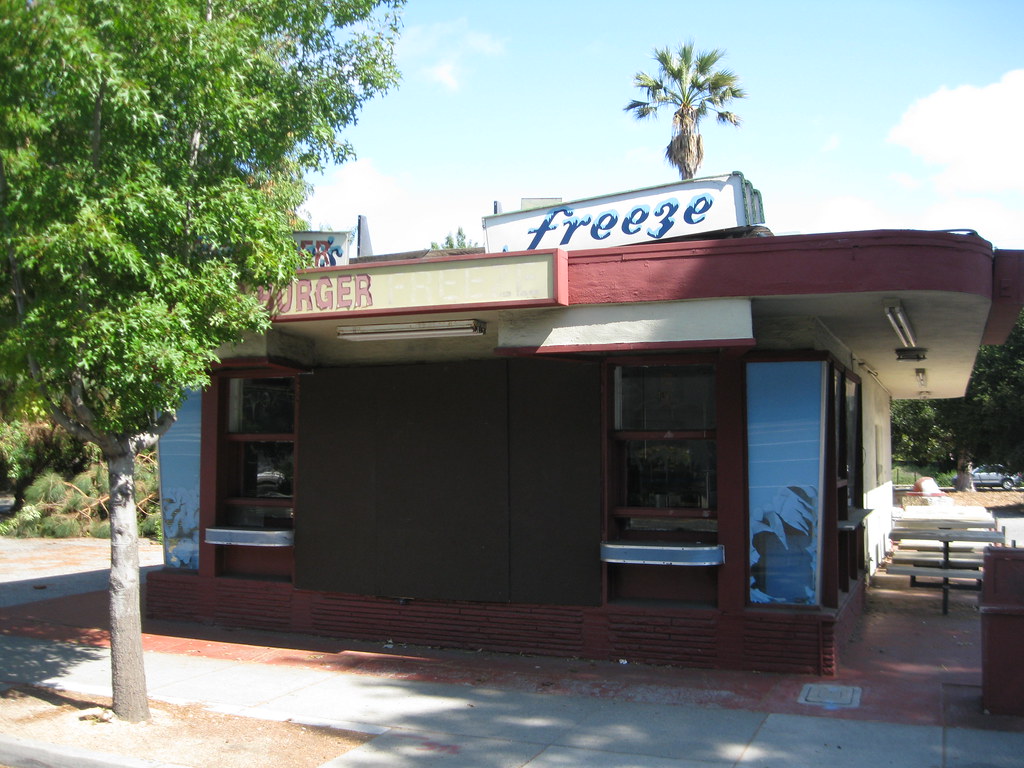
Source: Charles Hathaway/Pexels
Many fast food workers are battling conflicting feelings as they face uncertainty of how many hours they will receive each week or if they will continue to have a job in the upcoming weeks.
Future Implications for the Fast Food Industry
As the $20 minimum wage law is set to take effect, California’s fast-food industry is bracing for significant changes.
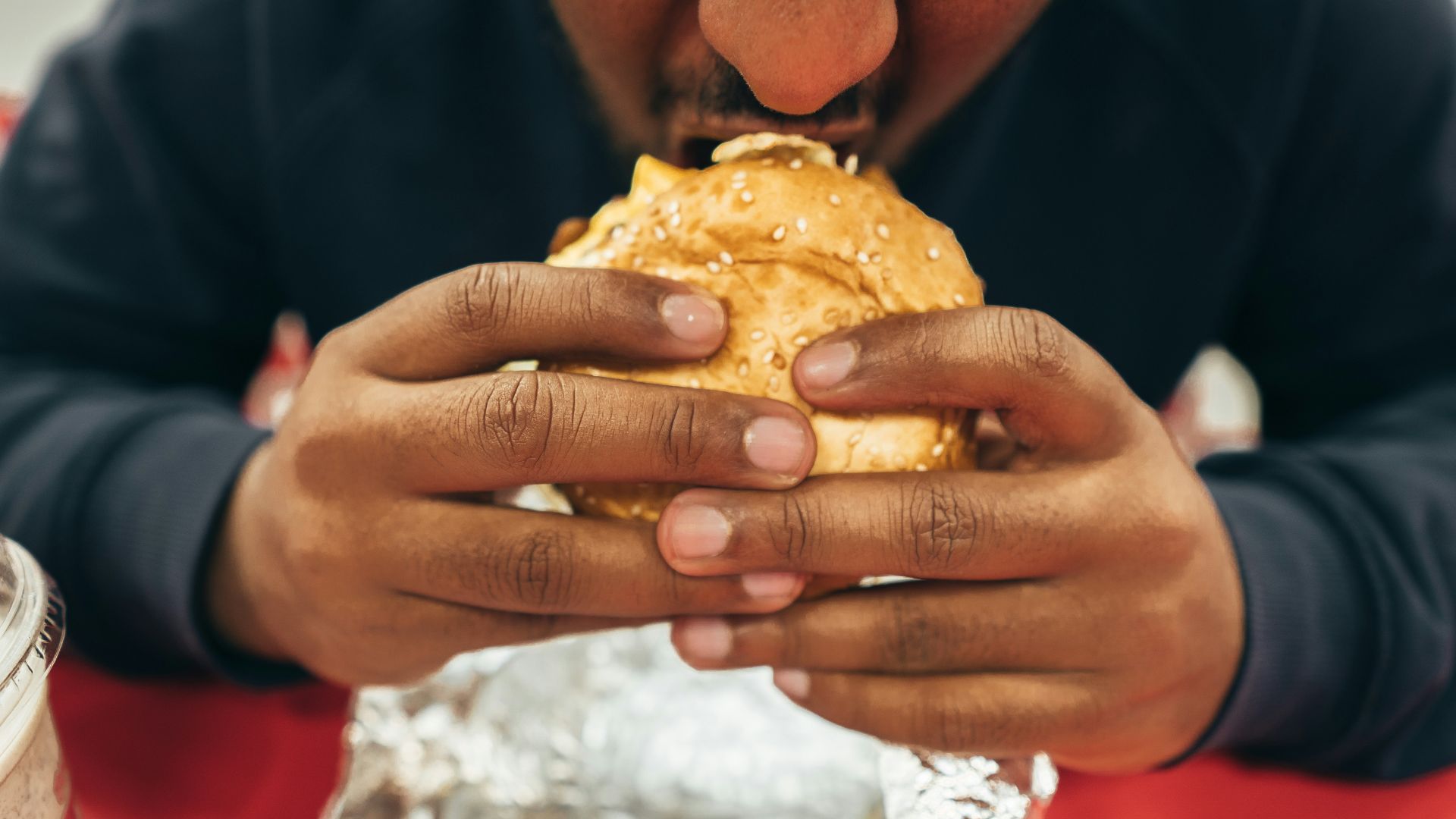
Source: Marcel Heil/Unsplash
Outside of California, the nationwide changes we’re witnessing, from layoffs to the closure of franchises and major chains declaring bankruptcy, illustrate the volatile nature of the fast-food industry in the U.S.
Which Fast Food Chains Are Next?
In addition to the dozens of Popeyes, Burger King, and Bojangles locations that have closed their doors, reports say popular restaurants like Taco Bell, KFC, and Pizza Hut may be next.

Source: iStock
So, while there will likely always be plenty of fast food options in America, there’s no denying that for the first time in decades, the industry is certainly struggling.
Dynamic Pricing in Fast Food
Dynamic pricing strategies are gaining traction among fast food chains, enabling them to adjust prices in real-time based on demand, time of day, and local economic conditions.

Source: Joe Ross/Flickr
Wendy's Dynamic Pricing
Wendy’s implementation of dynamic pricing drew criticism with its surge pricing idea as a way to maximize revenue across various market conditions.
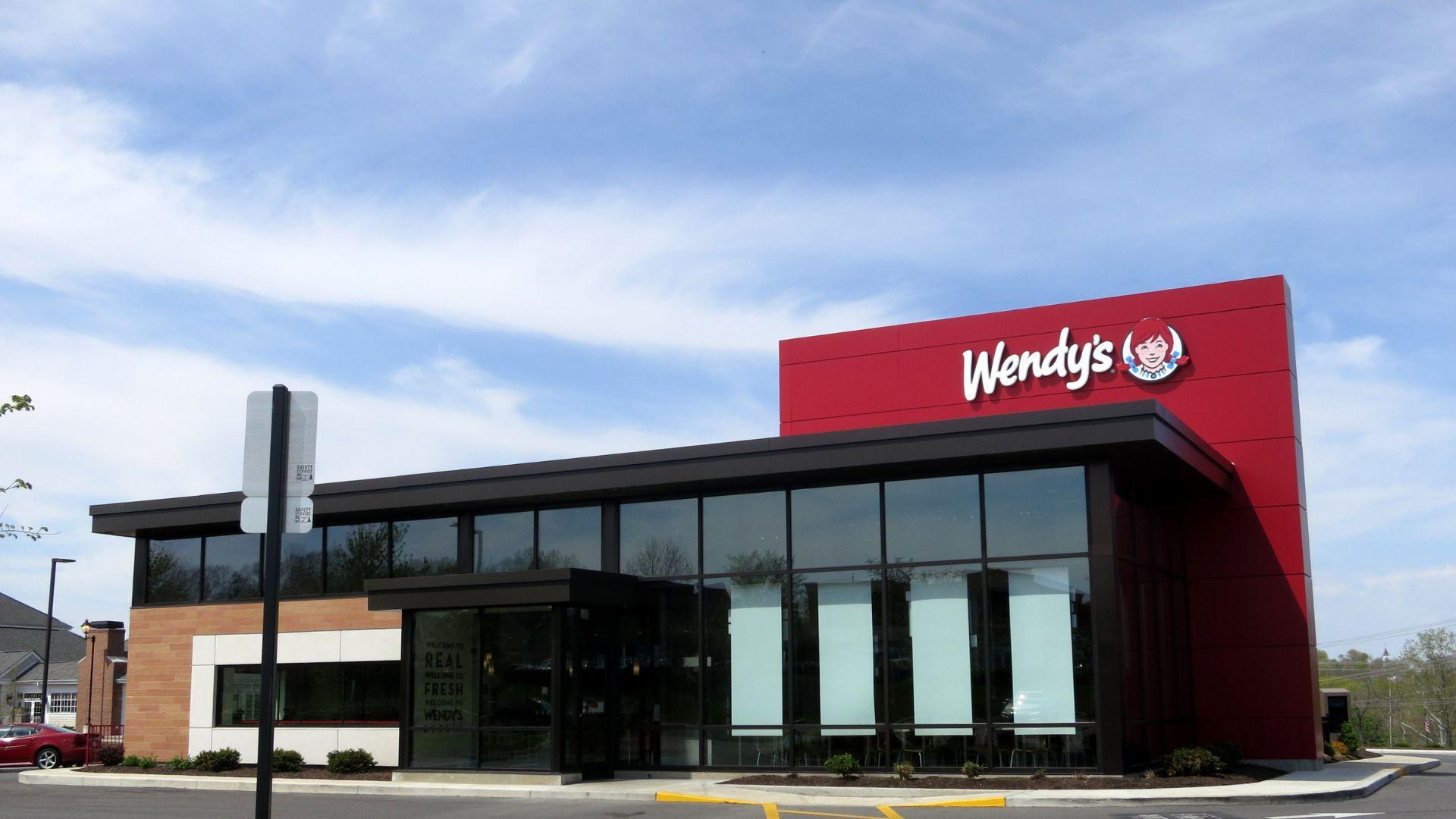
Source: Nheyob/Wikimedia Commons
By adjusting menu prices in real-time, the thought was that Wendy’s could attract more customers during slow periods and capitalize on increased willingness to pay during busy times.
Adoption of Self-Order Kiosks
Self-order kiosks are revolutionizing the fast food industry by streamlining operations and reducing labor costs. Chains like McDonald’s report that kiosks offer a faster ordering process and help in upselling products more effectively than human cashiers.
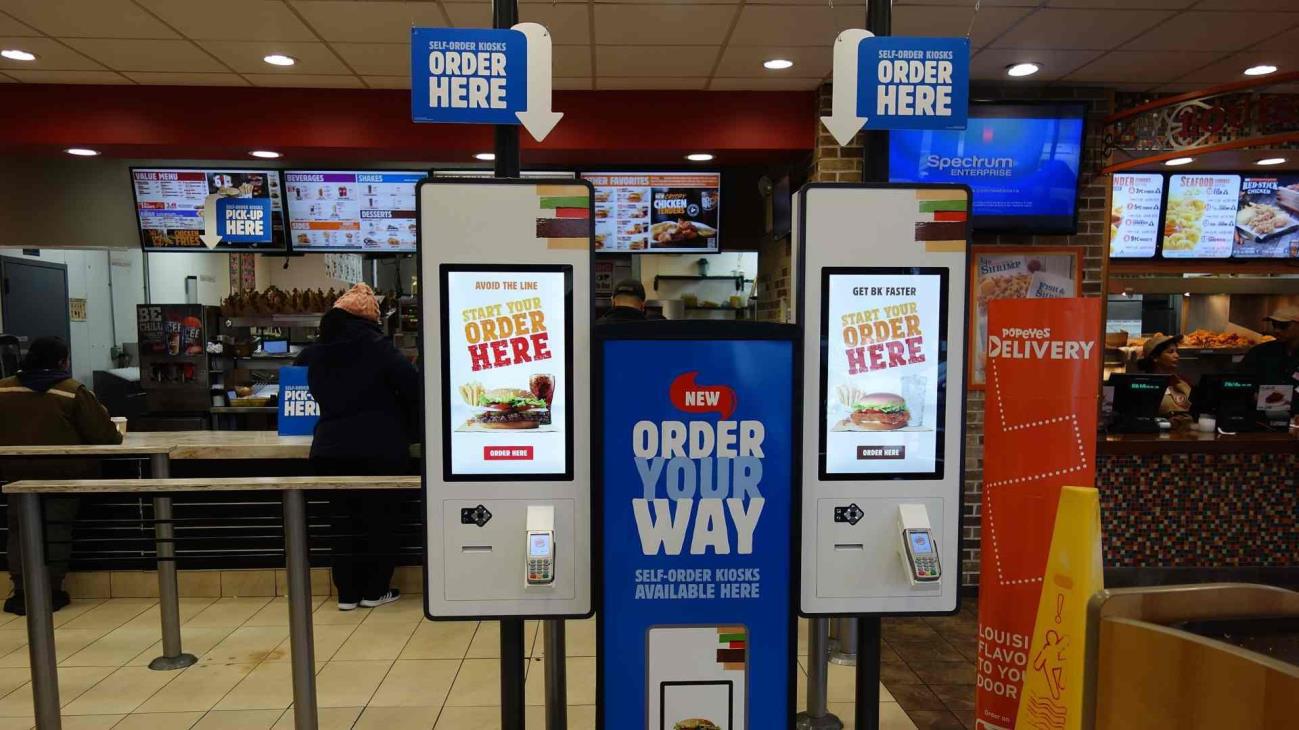
Source: Tdorante10/Wikimedia
These kiosks also collect valuable customer data, which is used to tailor marketing strategies and improve the overall dining experience.
Self-Order Kiosks: A Closer Look at McDonald's
McDonald’s has extensively rolled out self-order kiosks across its locations, which has led to an increase in average order sizes and customer throughput. Feedback indicates that customers enjoy the control and convenience these kiosks offer.
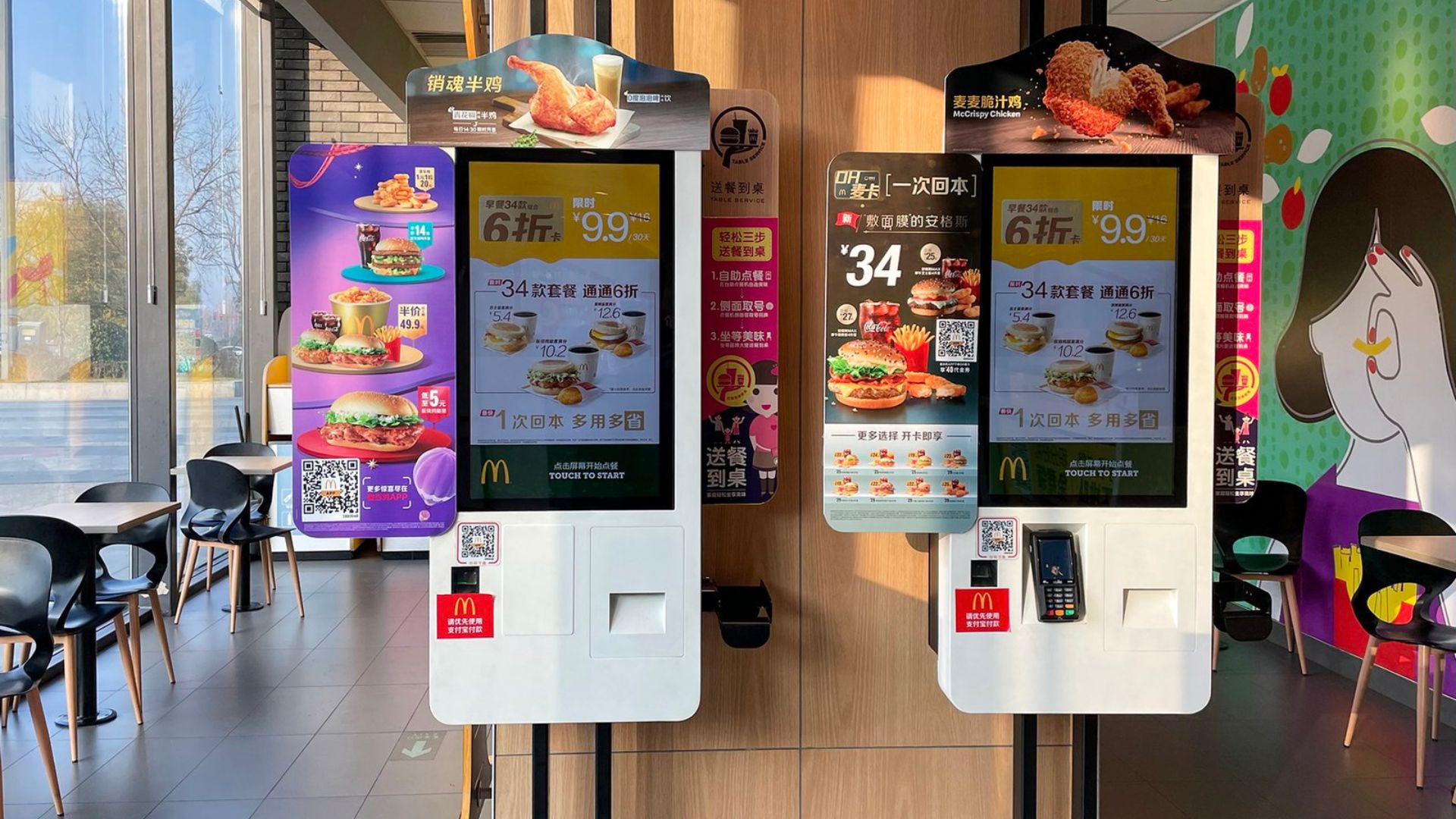
Source: Wikimedia Commons
Employees have shifted to more customer-service-focused roles, enhancing overall service quality and efficiency in McDonald’s restaurants. The drawback, however, is that these kiosks eliminate some jobs, and the higher menu prices are being passed on to customers.
Impact of Minimum Wage Increases on Fast Food Operations
The increase in minimum wage across various states has prompted fast food chains to rethink their business strategies. While some states like California have seen significant wage hikes, others have adopted more gradual increases or even stagnated in their rates.
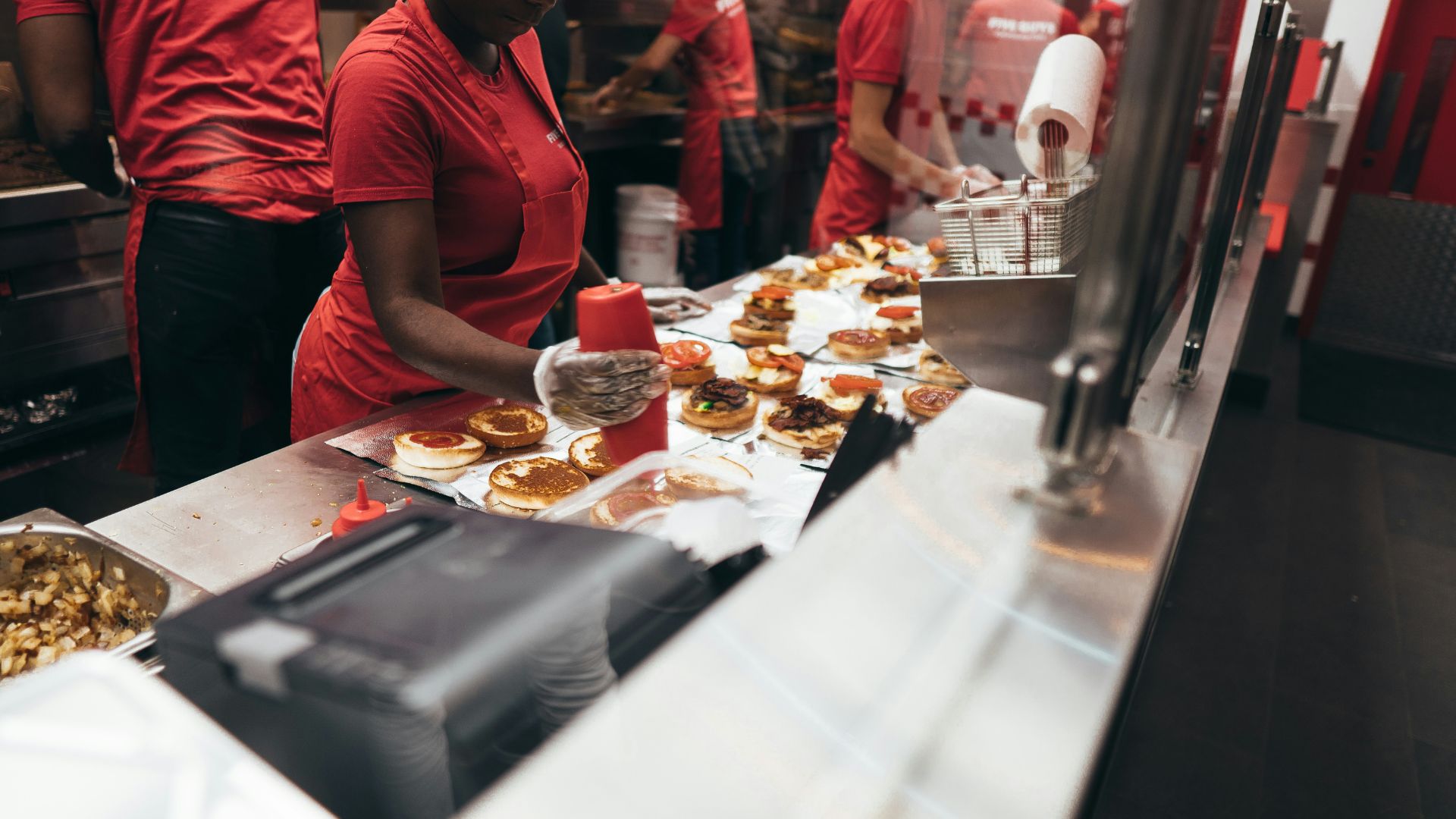
Source: Marcel Heil/Unsplash
For instance, New York City’s minimum wage is set at $15 per hour, which has been in place since 2019 despite rising costs (via EBC).
The Economics of Minimum Wage
Looking beyond California, states like Oregon have previously implemented higher minimum wages with structured phase-ins (via Davis Wright Tremaine).
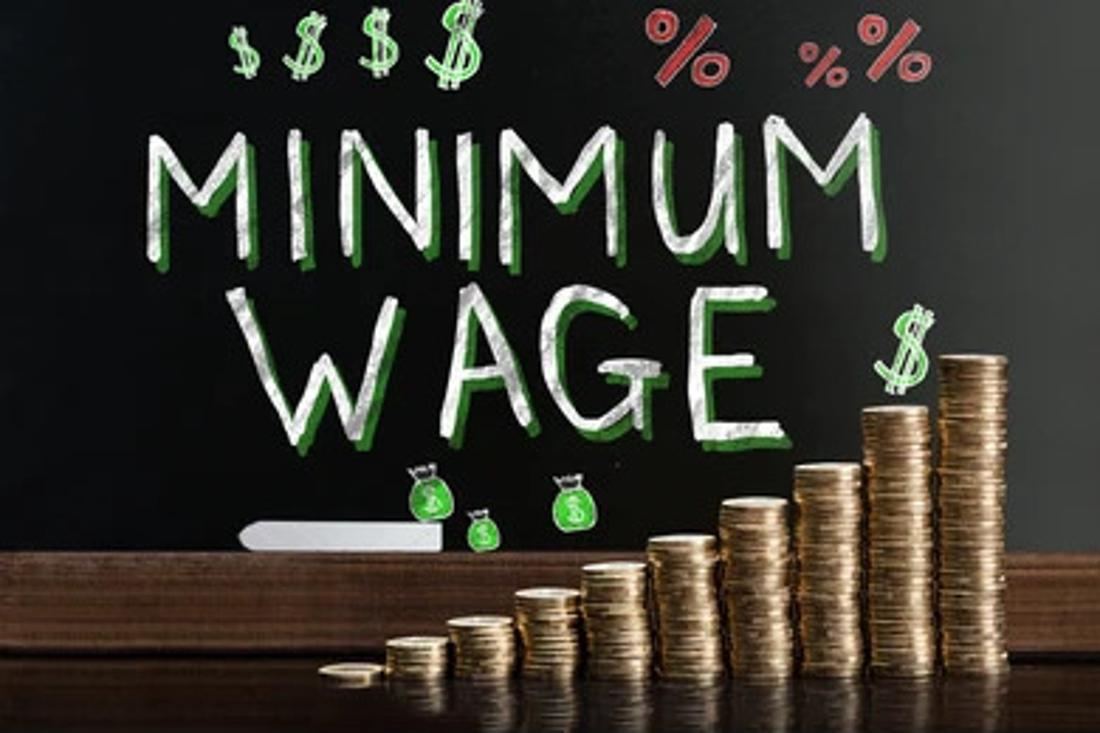
Source: Shutterstock
These regions offer valuable lessons on balancing worker welfare with the changes that come with economic instability.
Governor Newsom’s Controversial Minimum Wage Decision
Governor Newsom’s decision to set a $16 minimum wage for his restaurant workers amidst broader increases has stirred controversy.

Source: Wikimedia Commons
Critics argue that this rate does not align with the economic realities faced by workers in California, where living costs are high. This has sparked debates about fairness and the effectiveness of minimum wage policies in addressing income inequality.
Strategic Adjustments to Minimum Wage Changes
Fast food chains are employing various strategies to cope with rising minimum wages. Tactics include reducing working hours, raising menu prices, and even closing less profitable locations.
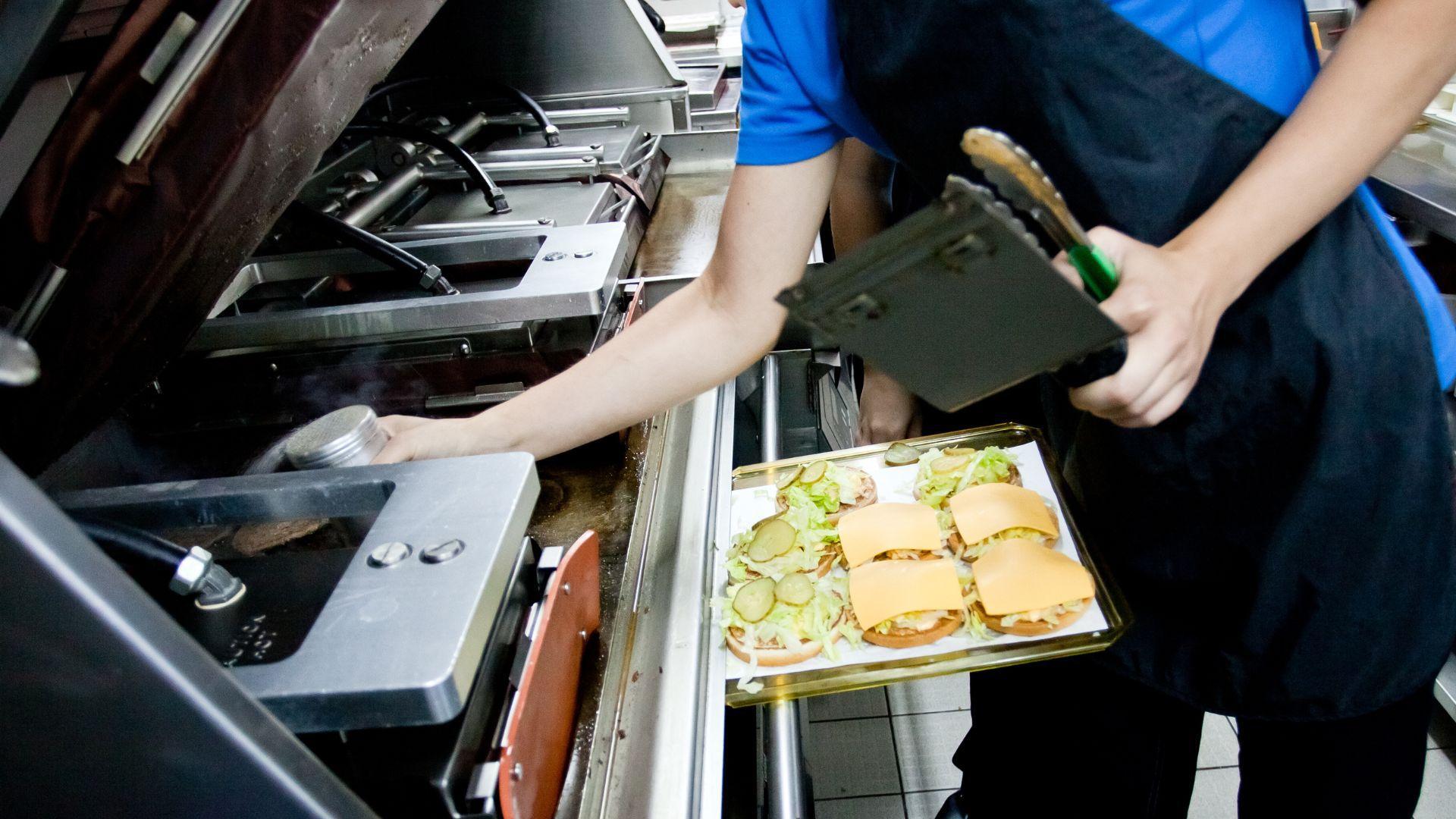
Source: Canva
These adjustments are crucial for maintaining business viability, reflecting a broader industry trend towards cost management in response to legislative changes.
The Shift Towards Automation
As labor costs climb, more fast food outlets are turning to automation to sustain profit margins.

Source: Wikimedia Commons
Robotics in kitchens and AI for order-taking are becoming more prevalent. This shift not only helps manage costs but also caters to a growing consumer preference for speed and convenience, setting a new standard in the fast food service model.
The Ripple Effects of Economic Policies on Franchisees
Economic policies have varied impacts on different franchise owners. As seen here, while some are thriving by adapting innovative practices, others find the changes overwhelming.
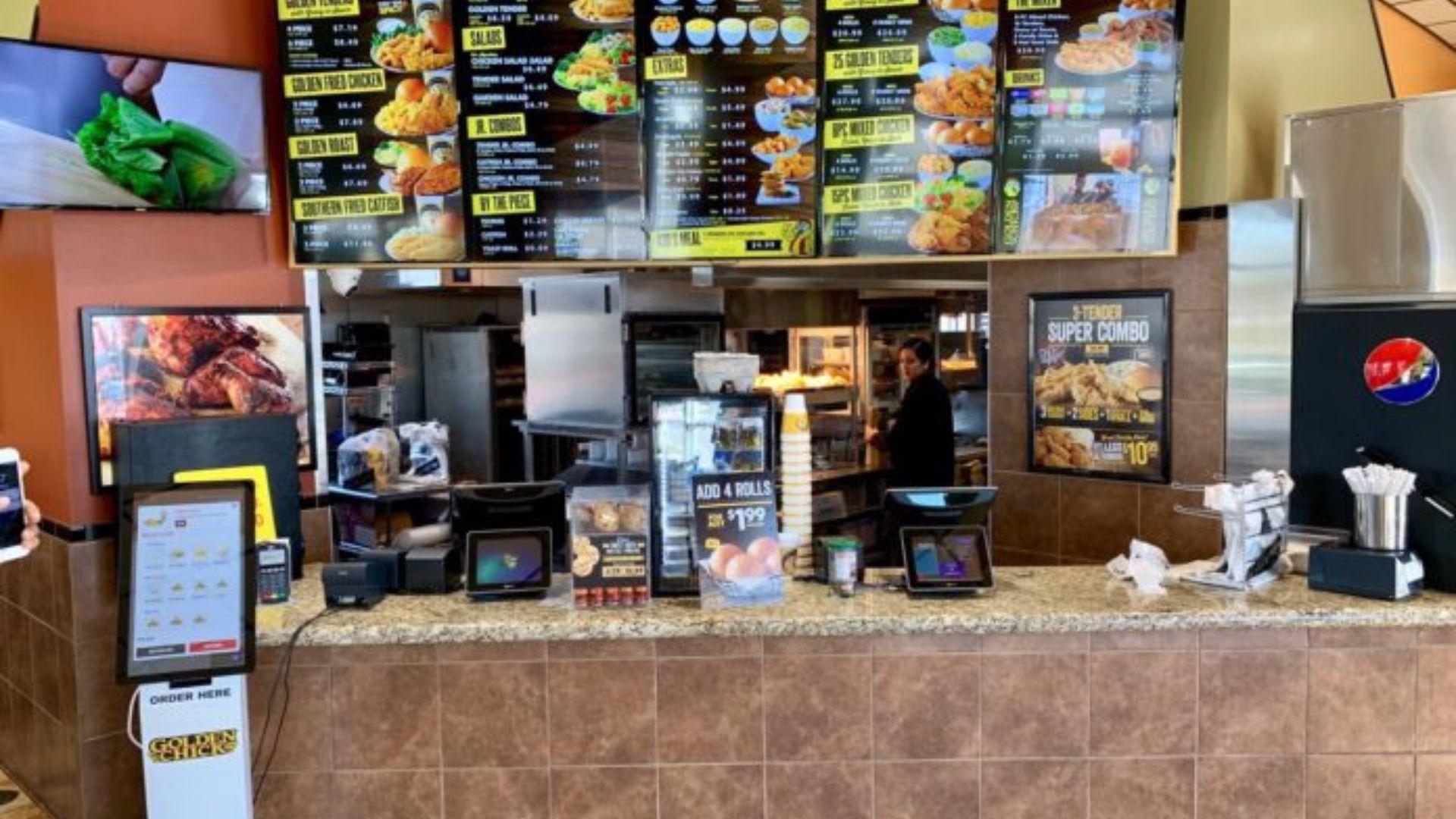
Source: TakeOutTech/X
The disparity in responses highlights the need for flexible strategies that can be adjusted based on specific market conditions and franchise capabilities.
Sustainability and Efficiency
The future of fast food lies in sustainability and efficiency. Chains are exploring more eco-friendly practices and technologies that reduce waste and energy consumption.
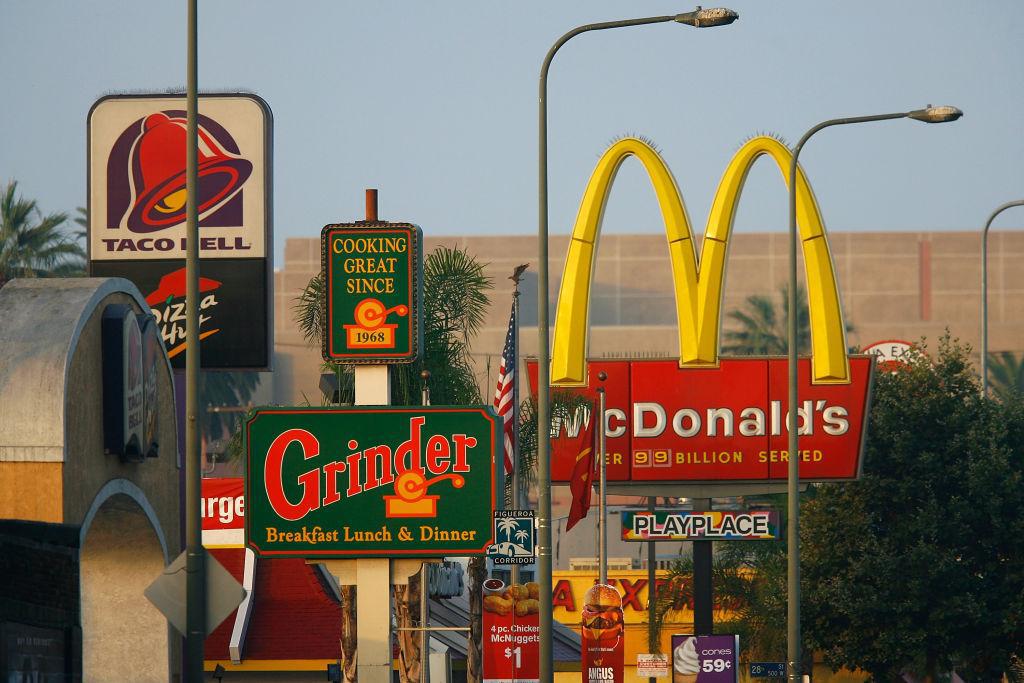
Source: David McNew/Getty Images
These initiatives not only help the environment but also resonate with the growing consumer demand for responsible business practices, potentially leading to a competitive advantage.
The Evolving Landscape of Fast Food Industry
The fast food industry continues to evolve amid economic shifts and technological advancements. From dynamic pricing to automation, chains must innovate continuously to stay competitive.
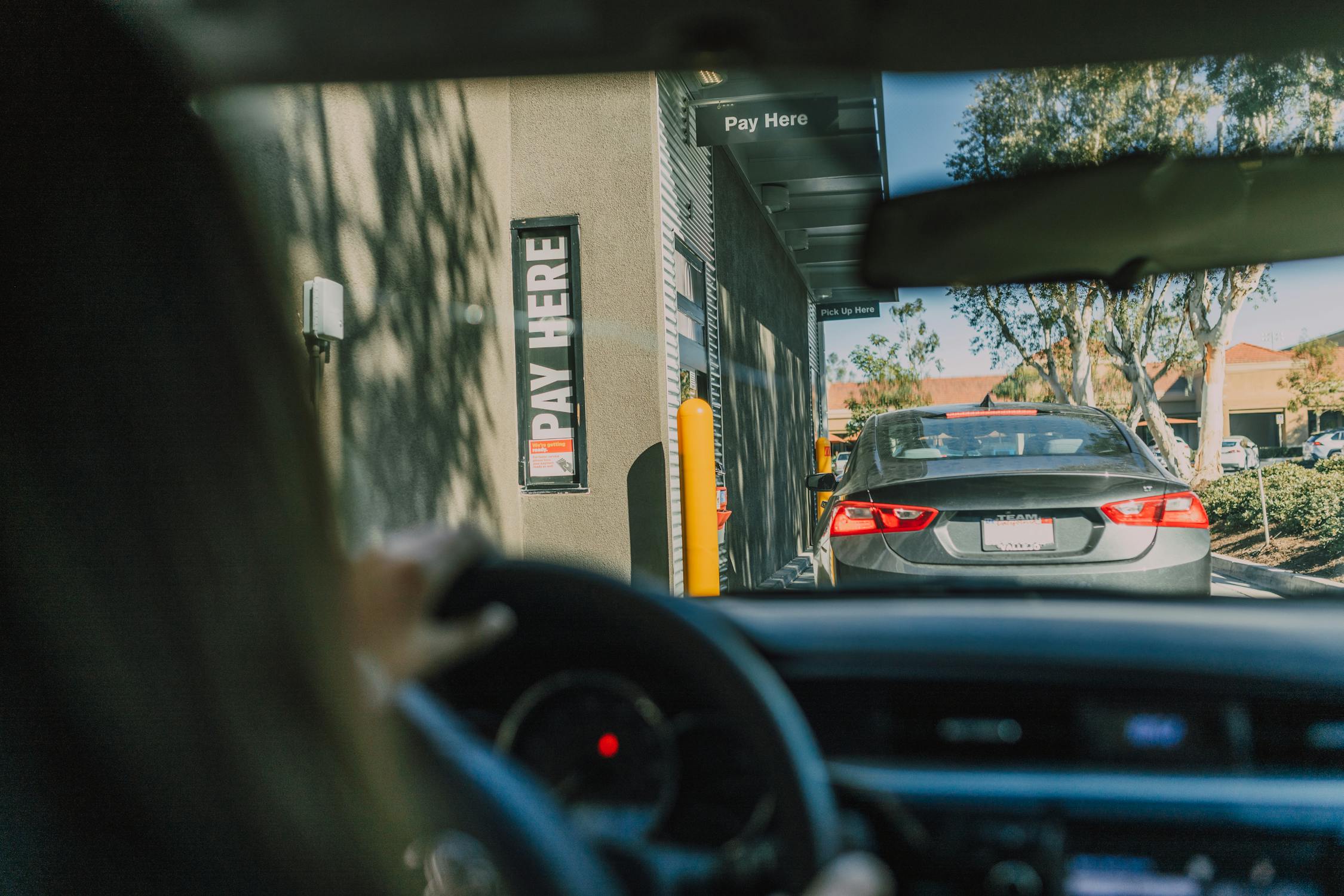
Source: RDNE Stock project/Pexels
Understanding these trends is crucial for stakeholders aiming to navigate the complexities of the industry and leverage opportunities for growth and sustainability.
